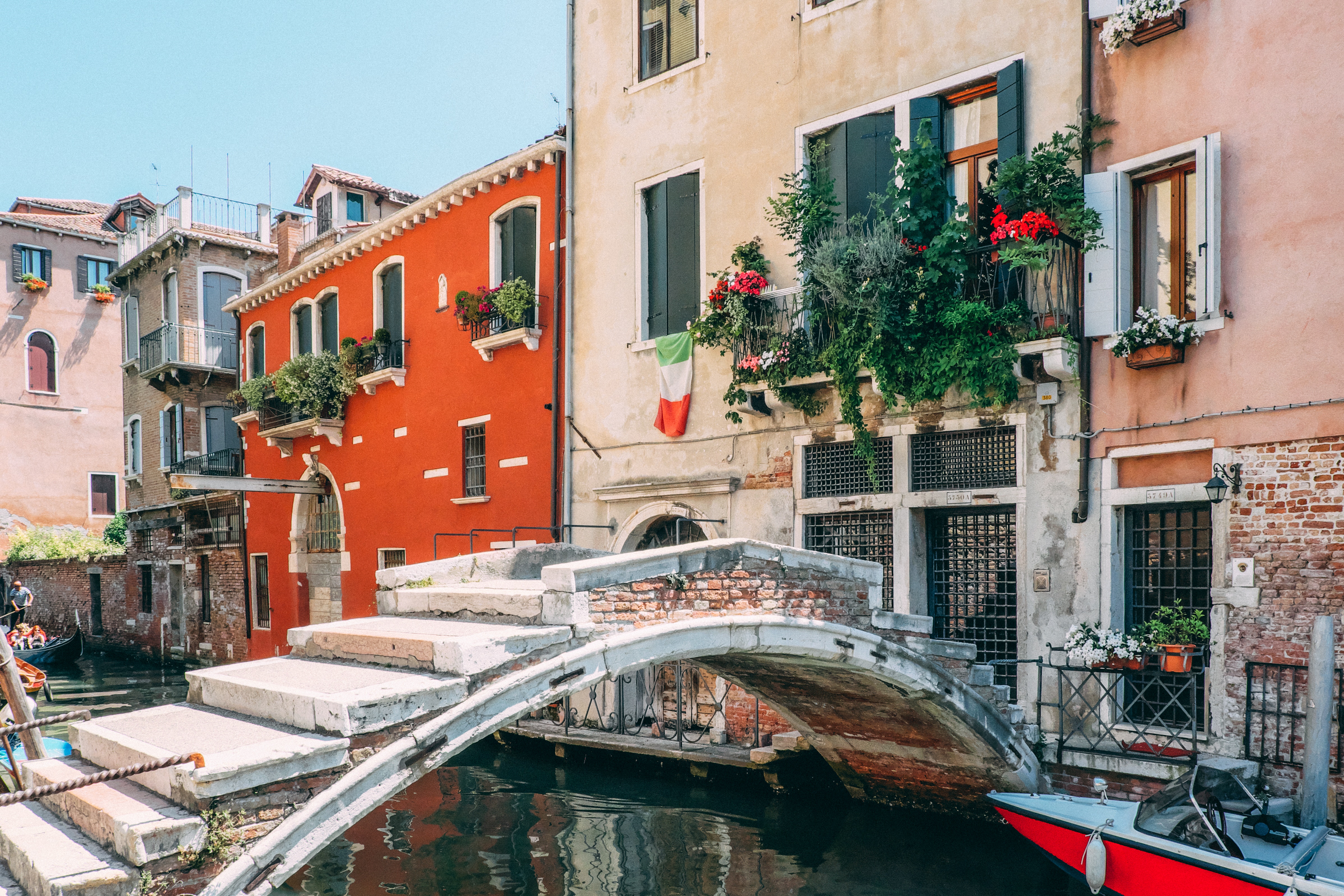
Mediterranean & Italian Sojourn
Mediterranean & Italian Sojourn
Cruise overview
WHY BOOK WITH US?
- ✔ The Deluxe Cruises’ team has extensive experience in ultra-luxury cruising.
- ✔ Call now to speak to our helpful and experienced Cruise Concierge team.
- ✔ Enjoy our Unique Deluxe Cruises Bonus for substantial savings.
- ✔ Our team will tailor your holiday to your exacting requirements.
- ✔ As agents, we work under the protection of each cruise lines ABTA / ATOL licences
About Venice
Venice is a city unlike any other. No matter how often you've seen it in photos and films, the real thing is more dreamlike than you could imagine. With canals where streets should be, water shimmers everywhere. The fabulous palaces and churches reflect centuries of history in what was a wealthy trading center between Europe and the Orient. Getting lost in the narrow alleyways is a quintessential part of exploring Venice, but at some point you'll almost surely end up in Piazza San Marco, where tourists and locals congregate for a coffee or an aperitif.

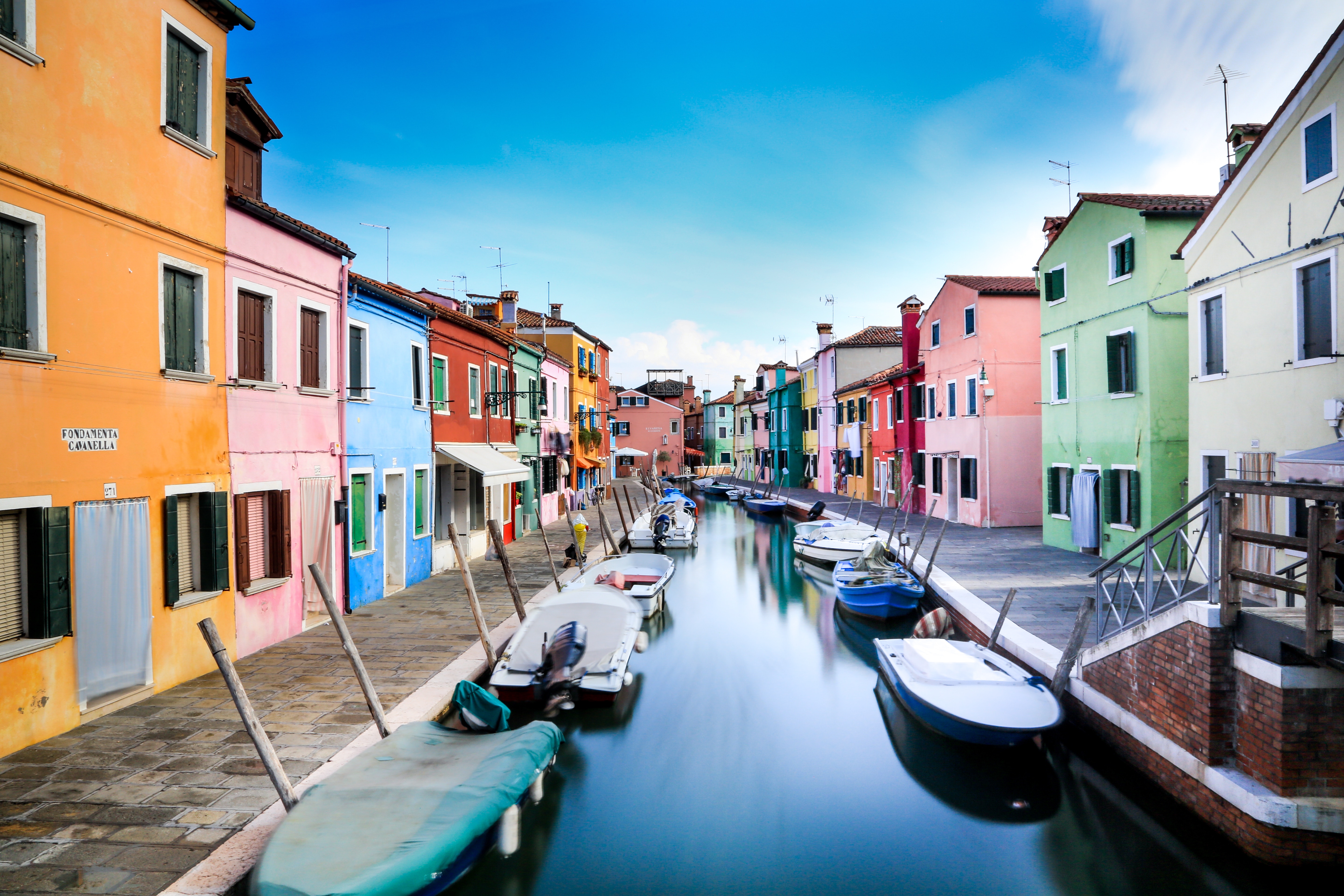
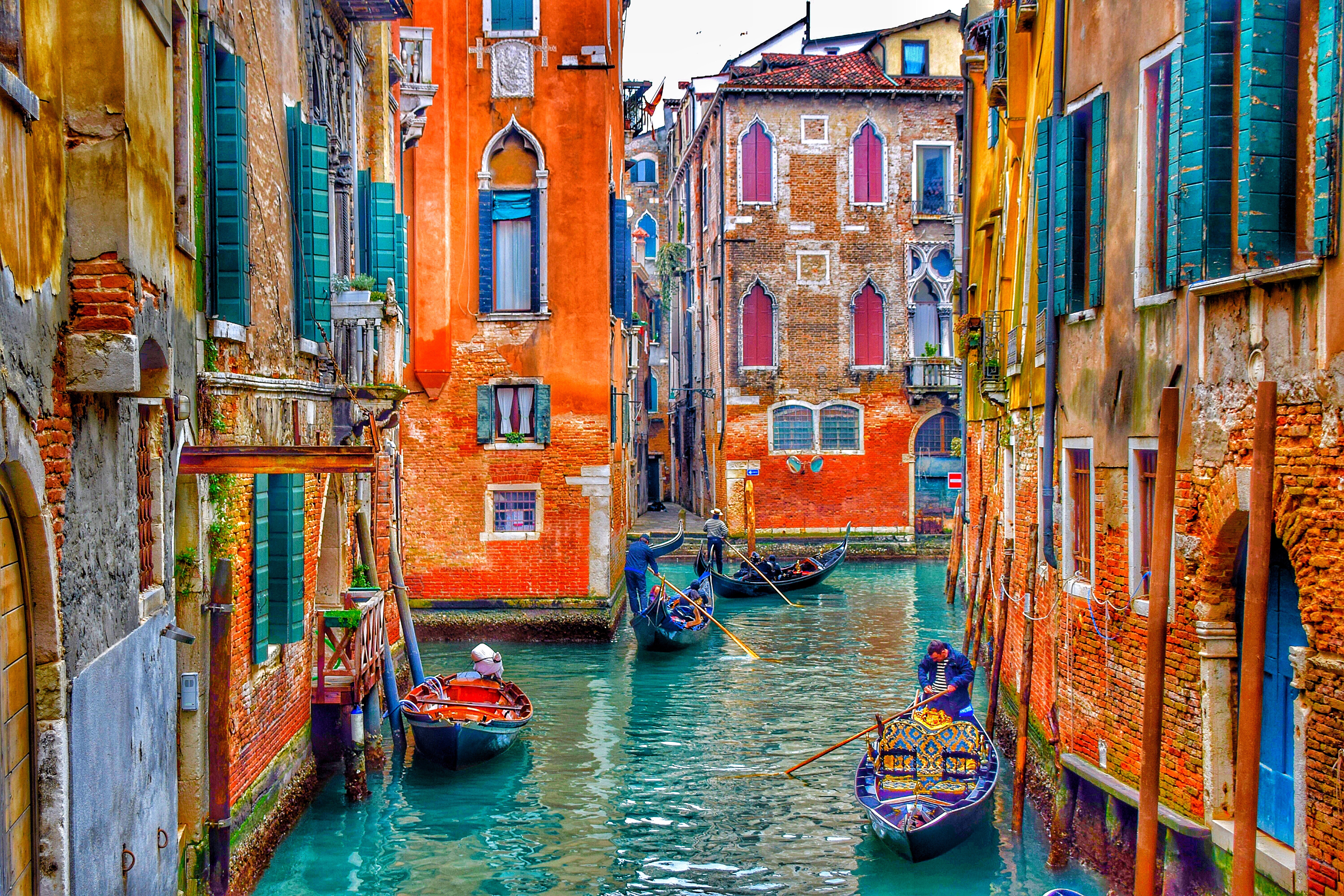
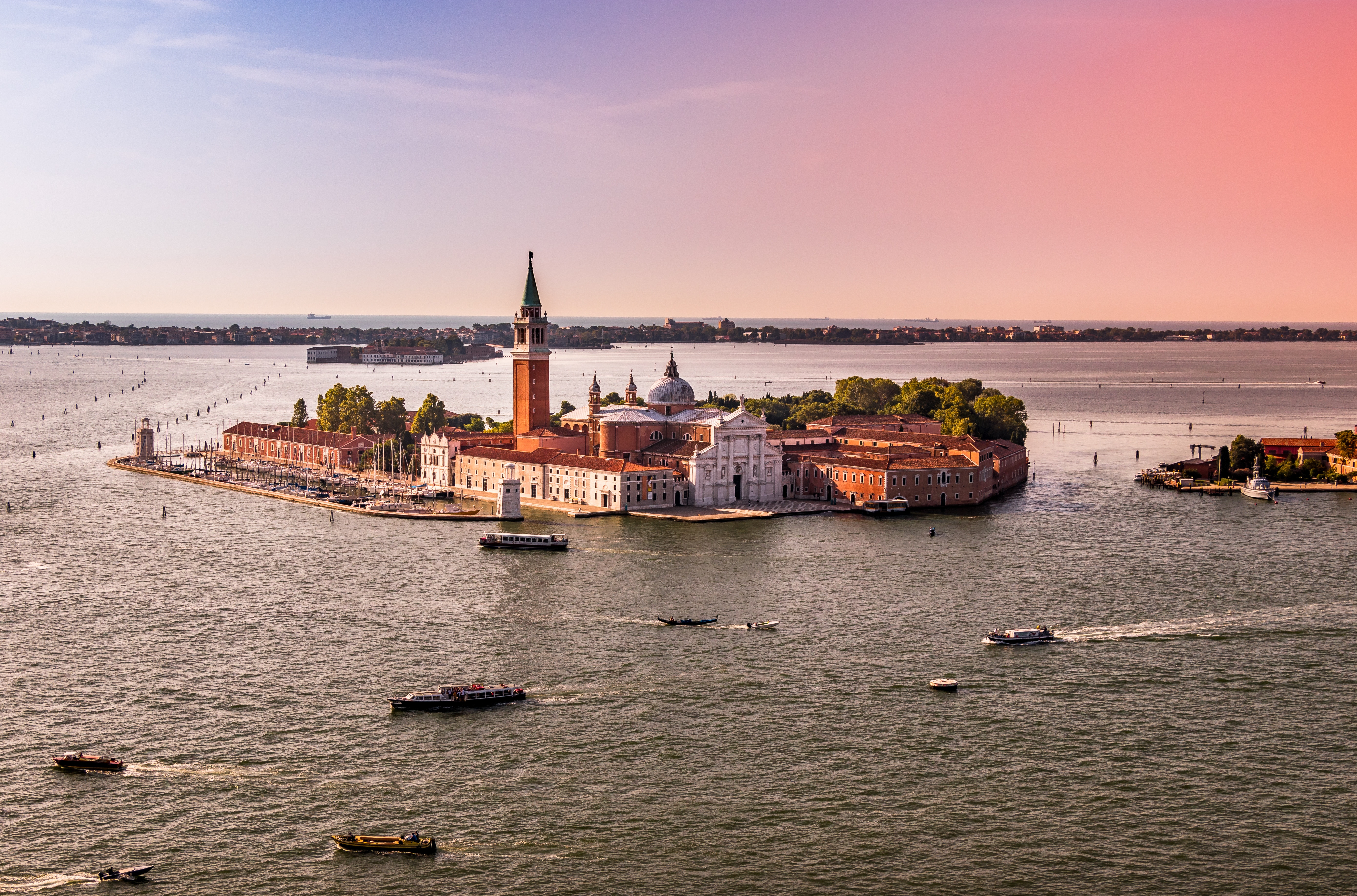
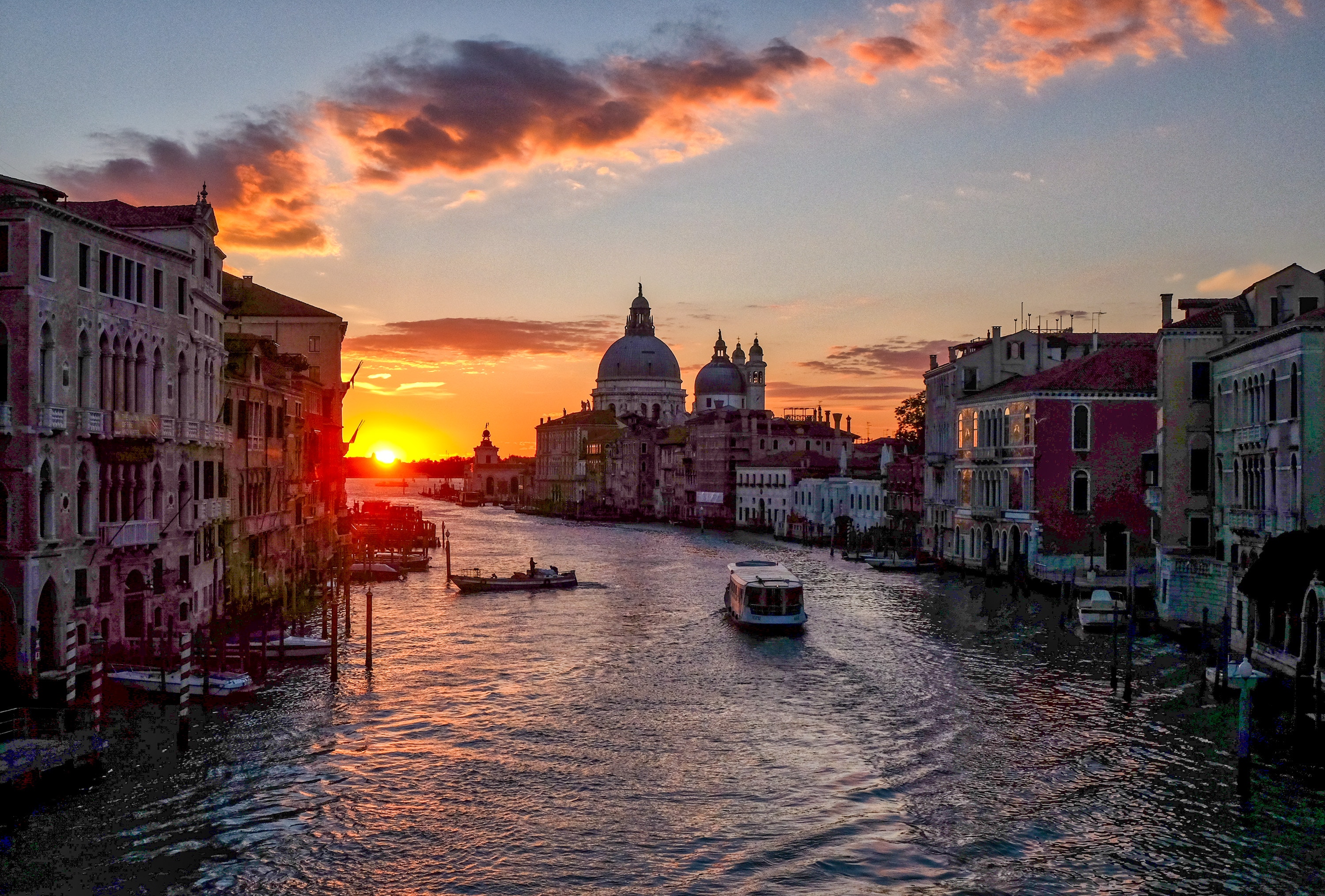
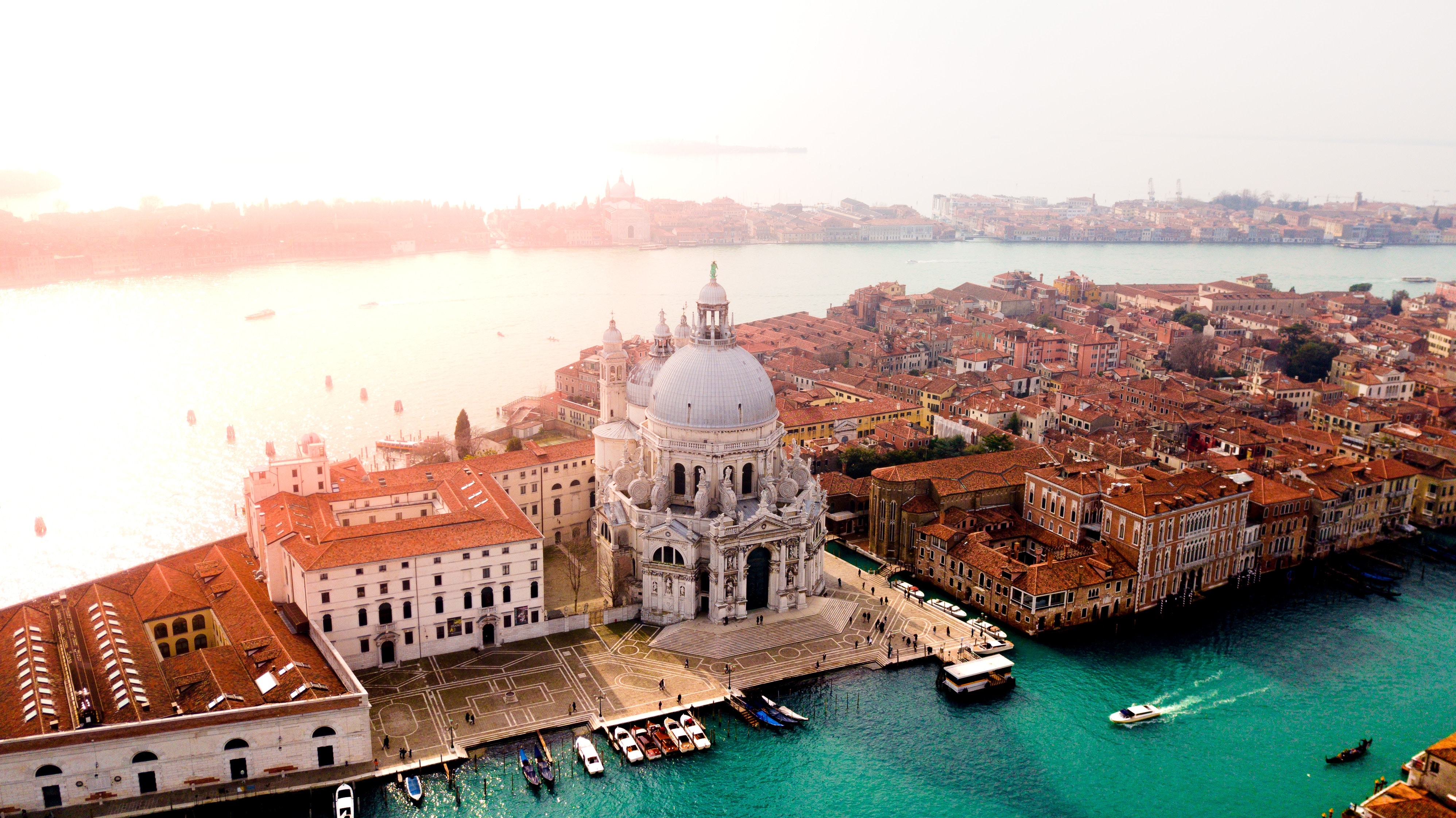
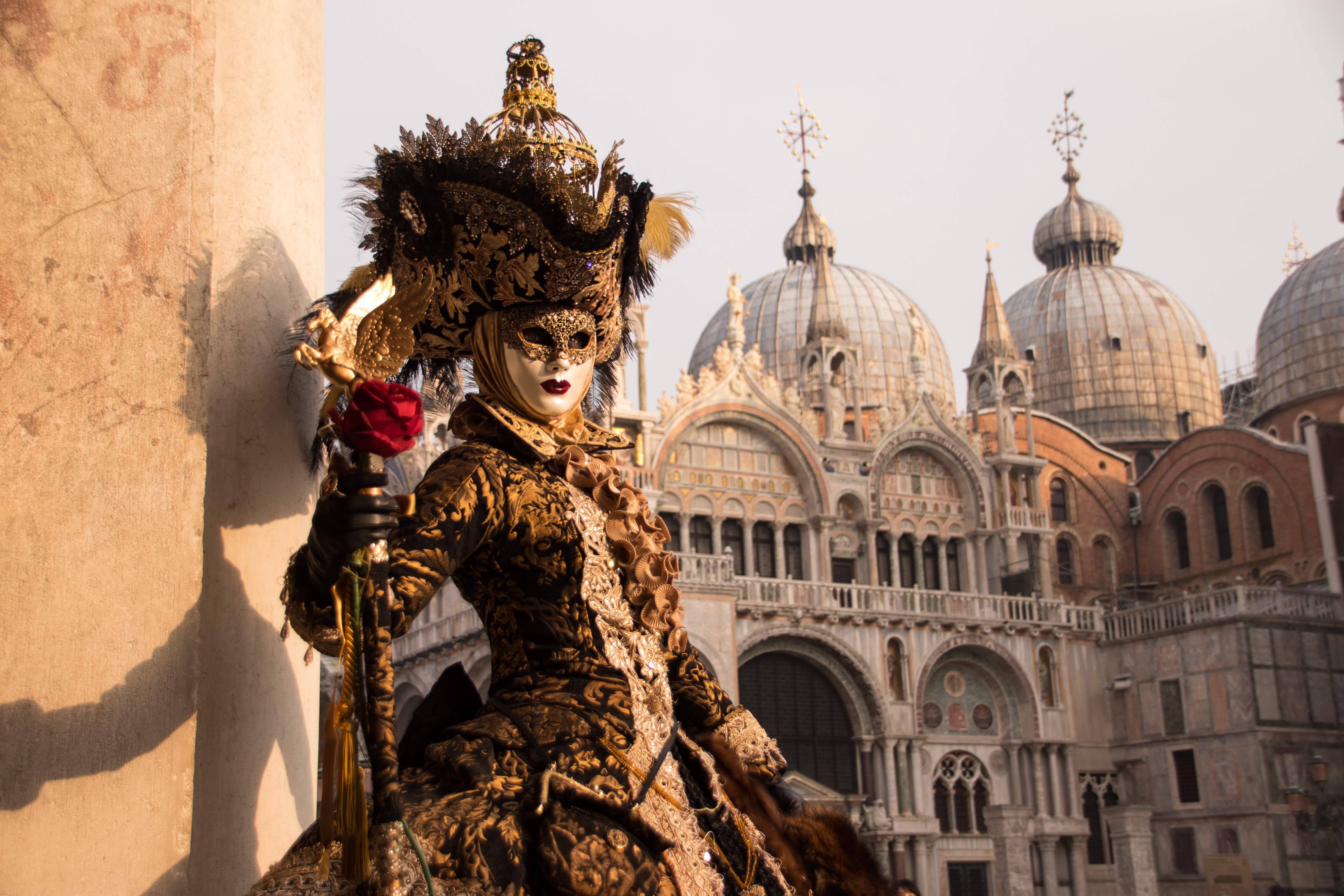
About Venice
Venice is a city unlike any other. No matter how often you've seen it in photos and films, the real thing is more dreamlike than you could imagine. With canals where streets should be, water shimmers everywhere. The fabulous palaces and churches reflect centuries of history in what was a wealthy trading center between Europe and the Orient. Getting lost in the narrow alleyways is a quintessential part of exploring Venice, but at some point you'll almost surely end up in Piazza San Marco, where tourists and locals congregate for a coffee or an aperitif.







About Sibenik
Šibenik's main monument, its Gothic-Renaissance cathedral, built of pale-gray Dalmatian stone and designated a UNESCO World Heritage Site, stands on a raised piazza close to the seafront promenade. From here a network of narrow, cobbled streets leads through the medieval quarter of tightly packed, terra-cotta–roof houses, and up to the ruins of a 16th-century hilltop fortress. The city has never been a real tourist destination. Before the Croatian war for independence, it was a relatively prosperous industrial center, but when the factories closed, Šibenik sank into an economic depression. However, the cathedral more than warrants a look, and it makes a decent base for visiting the waterfalls of Krka National Park.
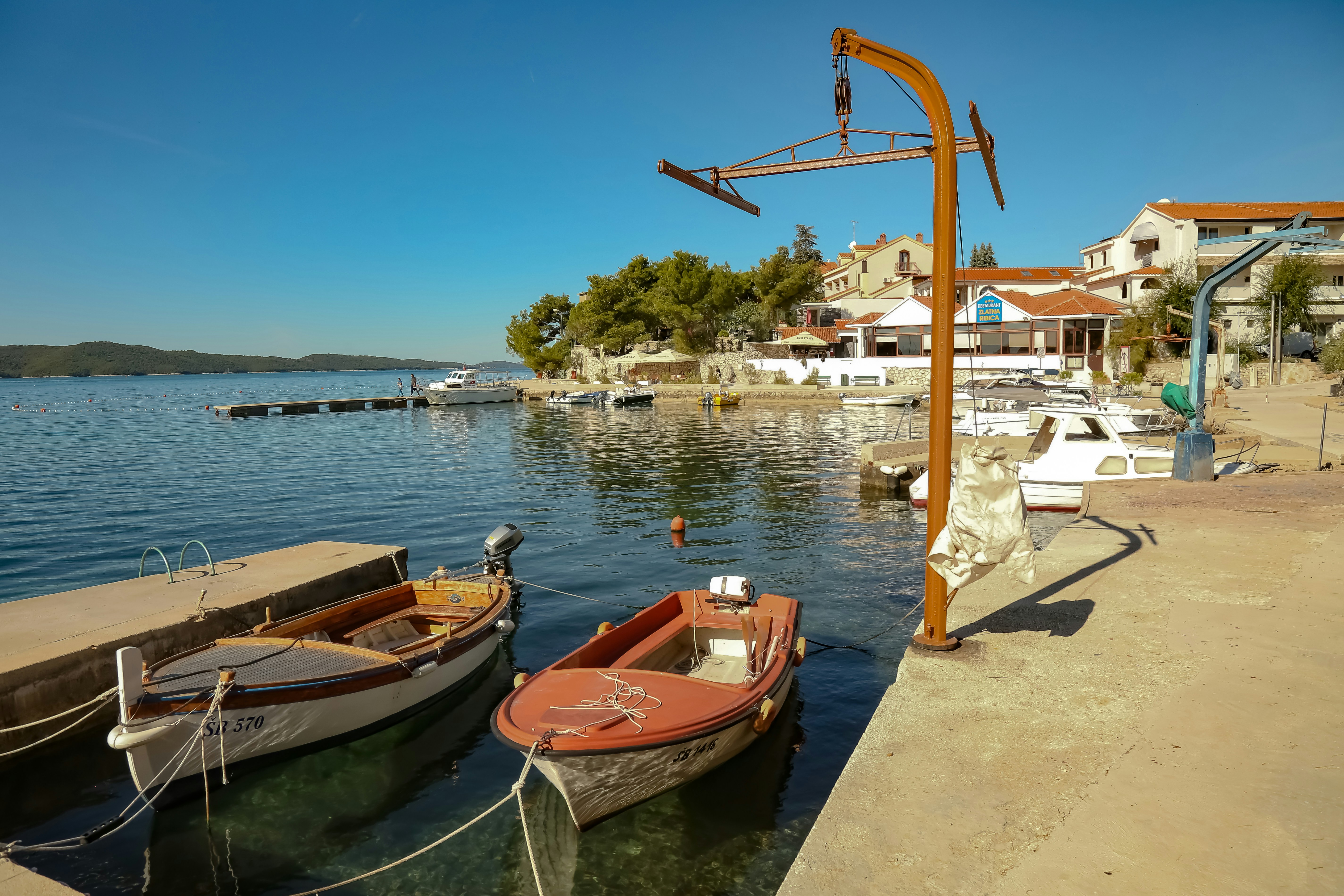
About Bari
Bari, capital of the province of Apulia, lies on southern Italy's Adriatic coast. Its busy port is a leading commercial and industrial centre as well as a transit point for travellers catching ferries across the Adriatic to Greece. Bari comprises a new and an old town. To the north, on a promontory between the old and new harbours, lies the picturesque old town, or Citta Vecchia, with a maze of narrow, crooked streets. To the south is the spacious and regularly planned new town, which has developed considerably since 1930, when the Levant Fair was first held here. The heart of the modern town is Piazza della Liberta. The busy thoroughfare, Corso Vittorio Emanuele II, separates the new town from the old. At the eastern end of the Corso begins the Lungomare Nazario Sauro, a magnificent seafront promenade that runs along the old harbour. Bari and the Apulian region were long recognized for their strategic location, attracting a succession of colonizers such as the Normans, Moors and Spaniards, each leaving their mark.
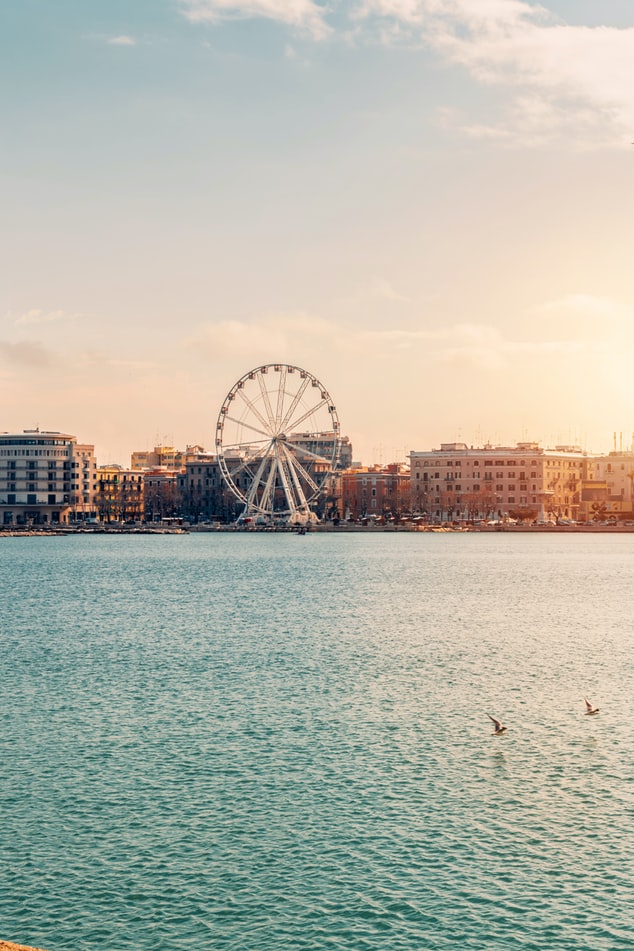
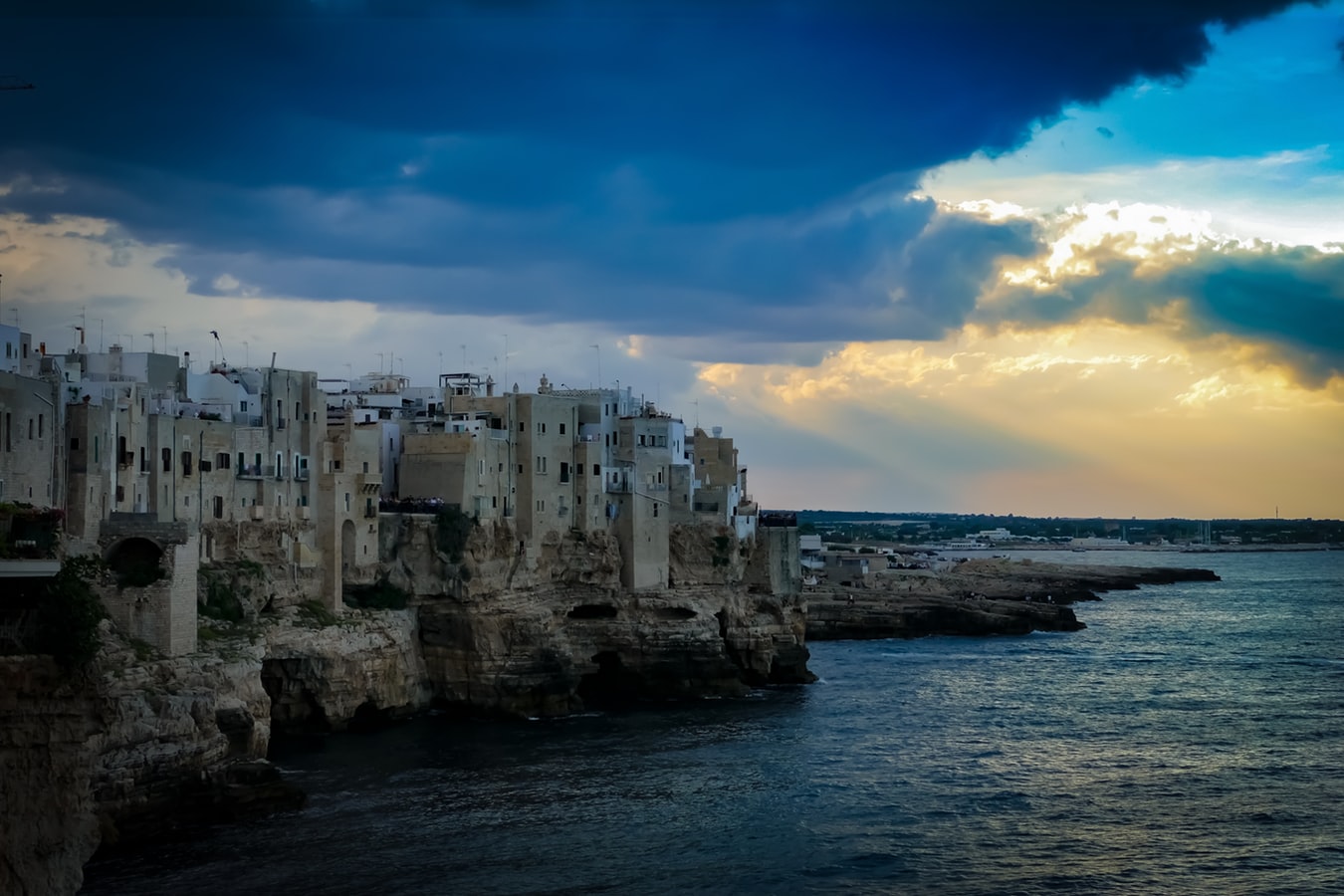
About Crotone
About Messina
Home to the Museo Regionale of Messina, known for featuring two of Caravaggio's paintings, the city is also famous for having been the capital of the ancient kingdom of Sicily.
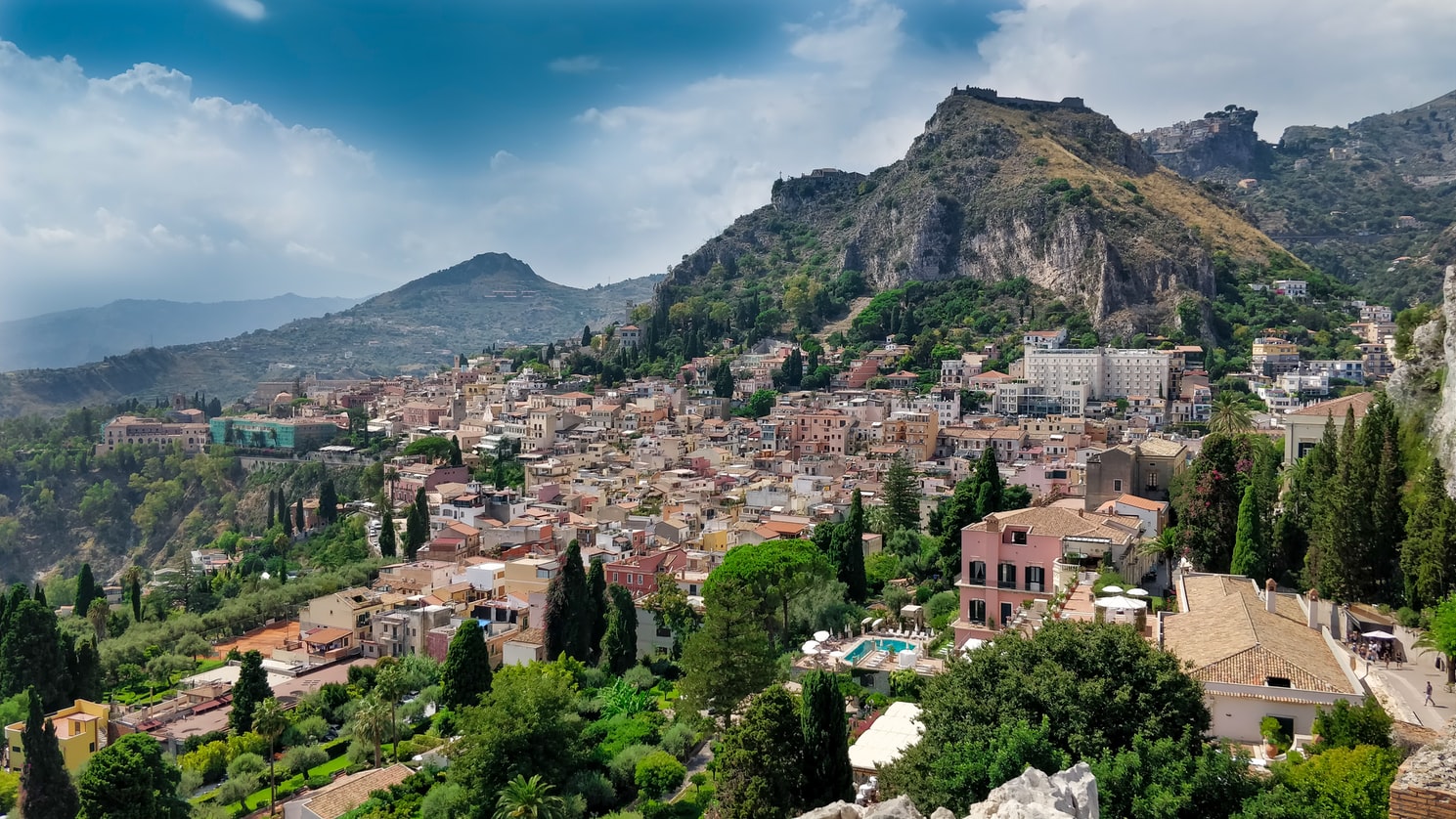
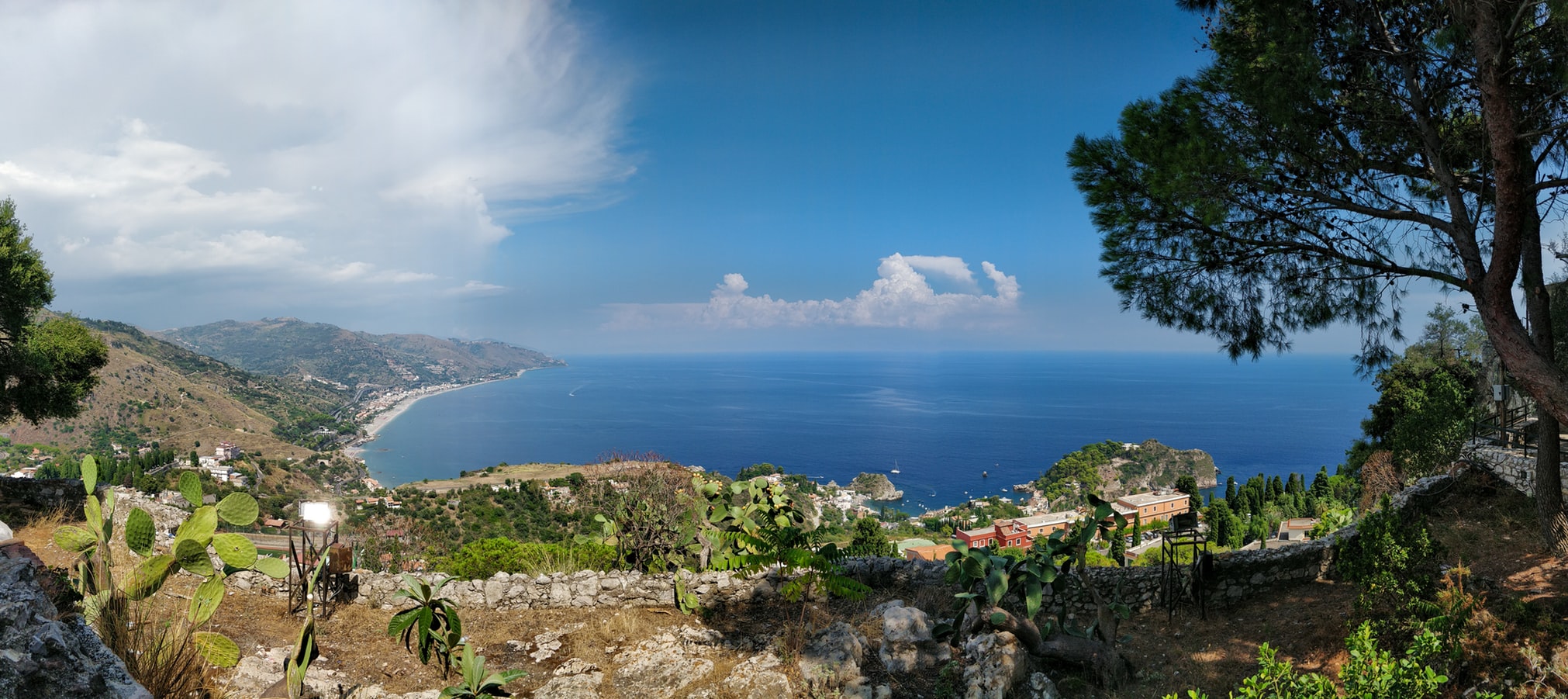

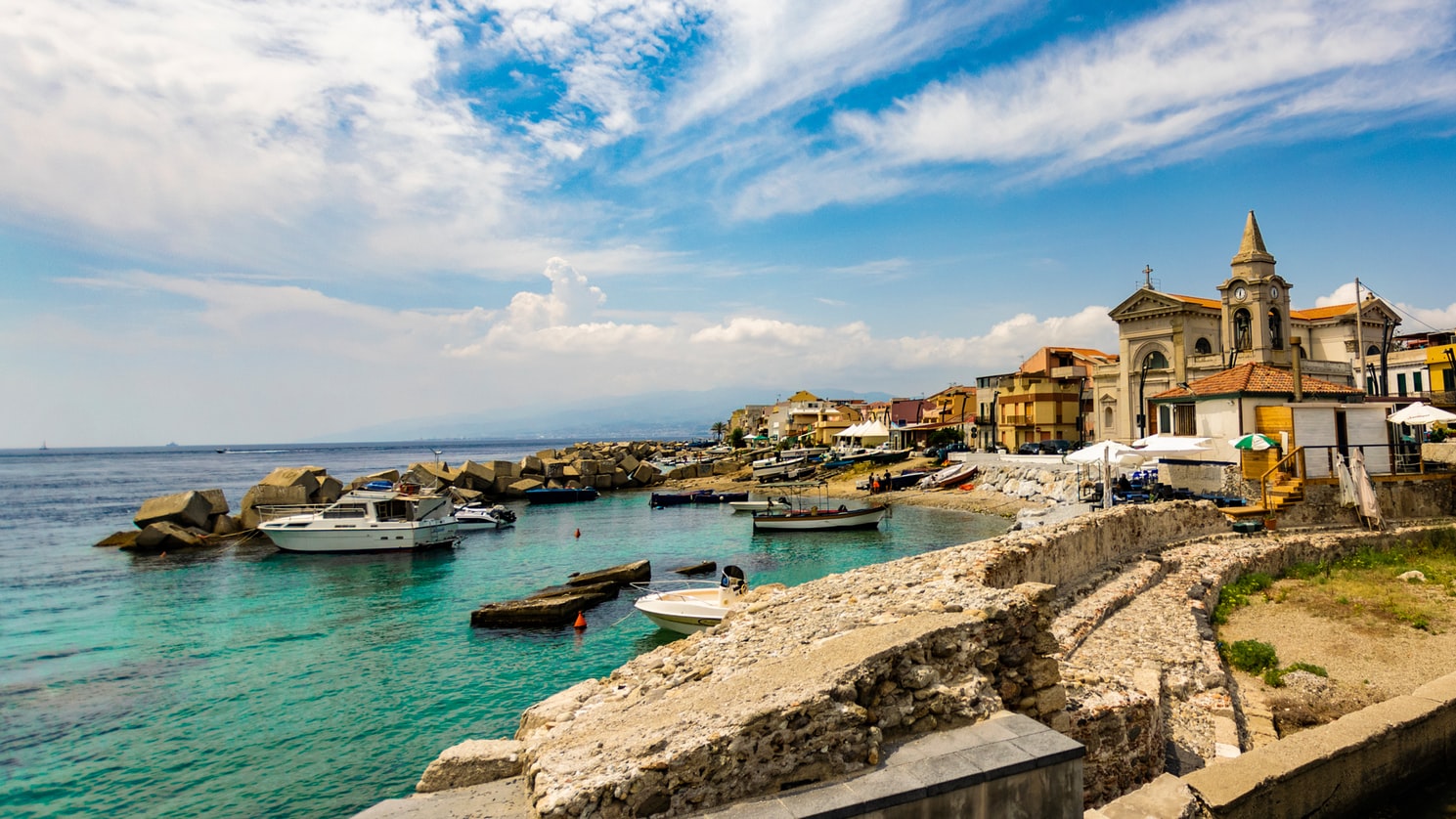
About Naples
Naples, in the Campania region, is Italy's third largest city. Its claim to fame is the spectacular location along one of the world's most splendid bays, backed by the perfect cone of Mount Vesuvius. In addition to its beautiful setting, Naples' surprises with other outstanding attractions such as the Royal Palace, San Carlos Opera House, the impressive National Archaeological Museum and the Castel Nuovo, dating from the 13th-century. The city's central area is best explored on foot. Chaotic traffic conditions make driving around the city a very frustrating experience. Naples provides a convenient starting point for trips to such favored destinations as Pompeii, Herculaneum and Mount Vesuvius. The Isle of Capri can be reached via a 45-minute hydrofoil service. The region of Campania was home to Greeks settlers some 300 years before Rome was founded. Pompeii, too, was a Greek town before being conquered by the Romans during the 5th century BC. It was under the Romans that Pompeii flourished and grew prosperous. When Mount Vesuvius erupted in 79 AD, the population of 20,000 was wiped out, but dozens of buildings were preserved under layers of cinder more than 20 feet deep. The most important finds from Pompeii are displayed in Naples' National Archaeological Museum. A visit here will no doubt enhance a visit to ancient Pompeii.

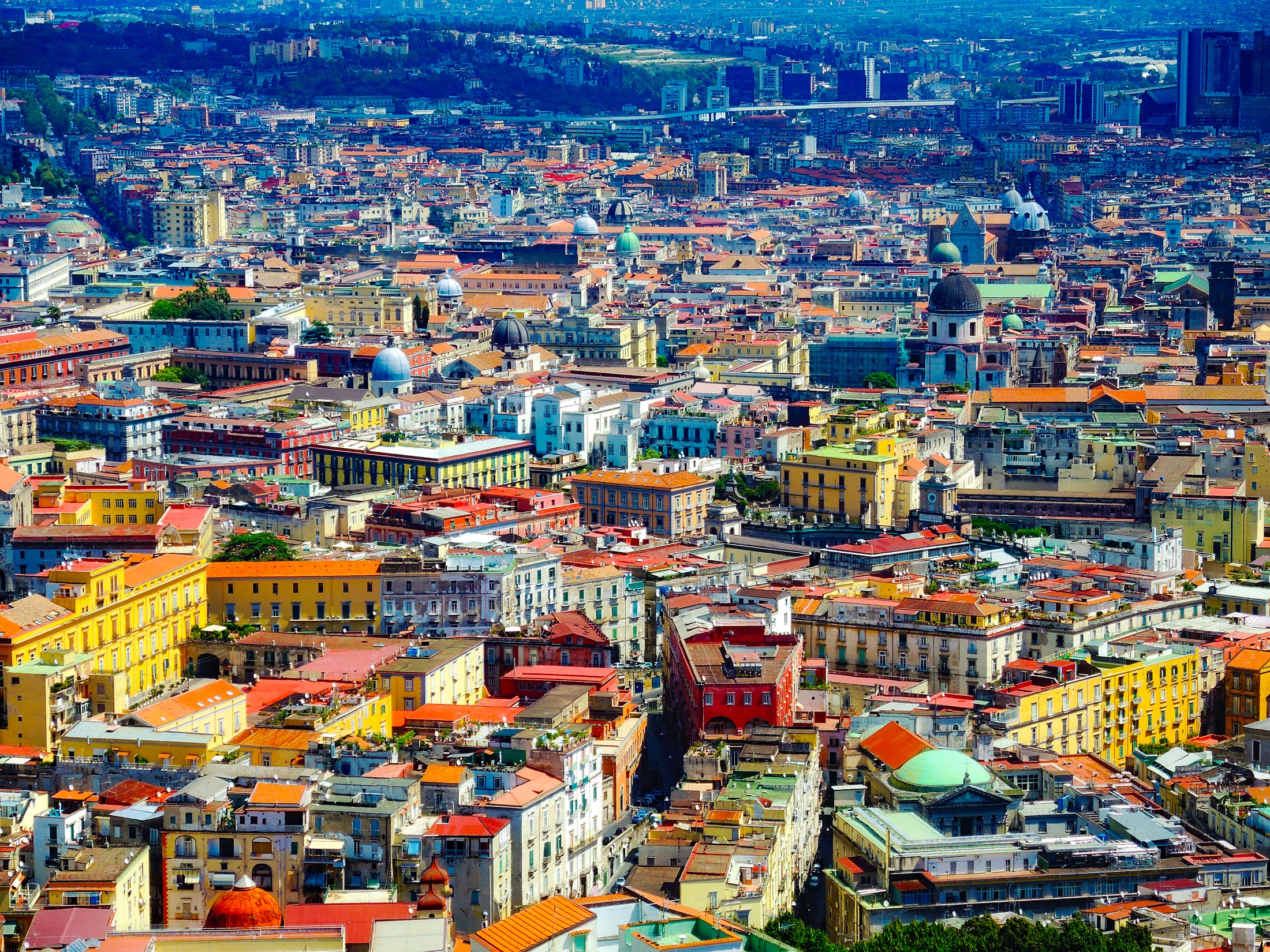

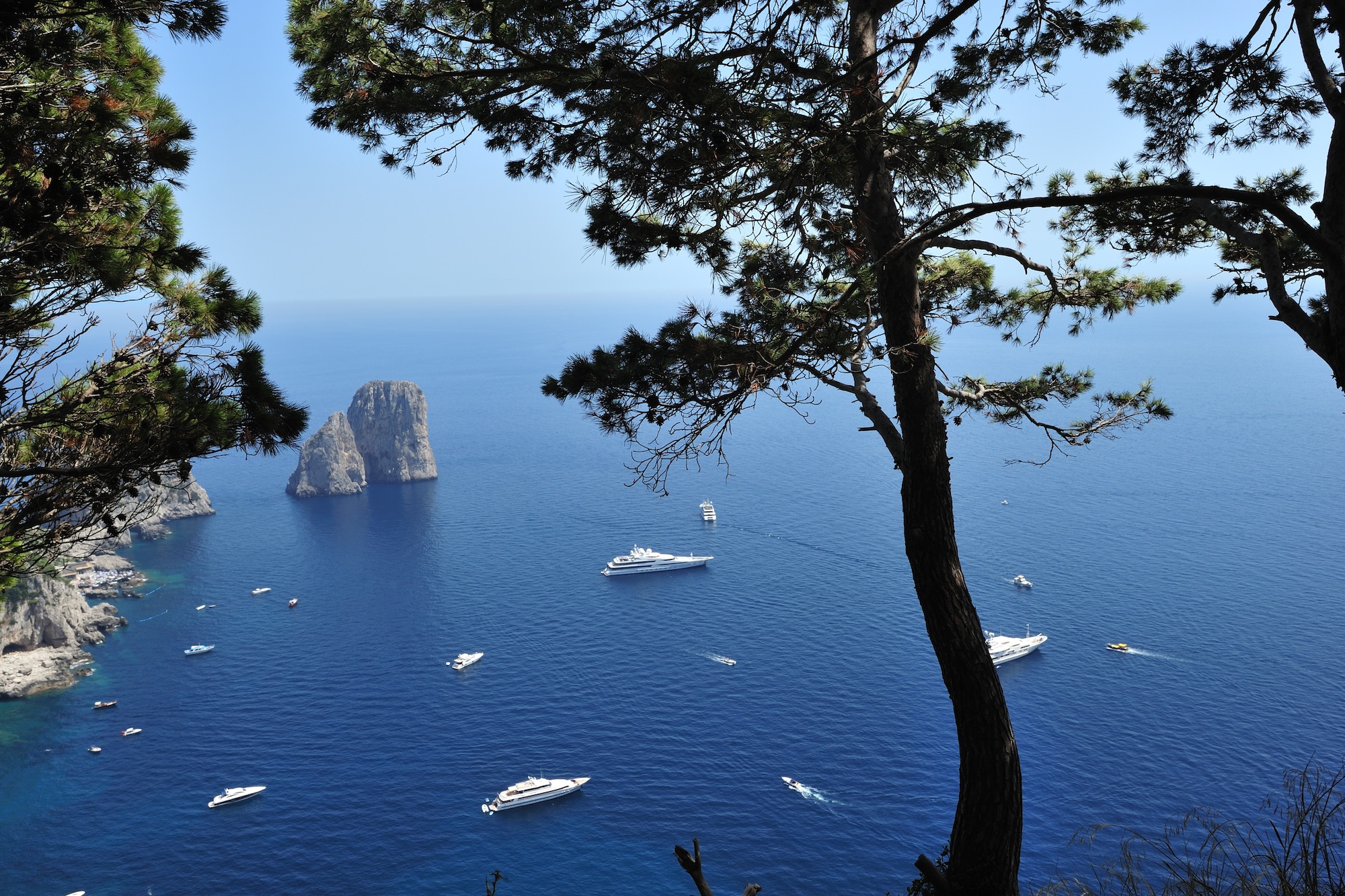
About Civitavecchia
Italy's vibrant capital lives in the present, but no other city on earth evokes its past so powerfully. For over 2,500 years, emperors, popes, artists, and common citizens have left their mark here. Archaeological remains from ancient Rome, art-stuffed churches, and the treasures of Vatican City vie for your attention, but Rome is also a wonderful place to practice the Italian-perfected il dolce far niente, the sweet art of idleness. Your most memorable experiences may include sitting at a caffè in the Campo de' Fiori or strolling in a beguiling piazza.
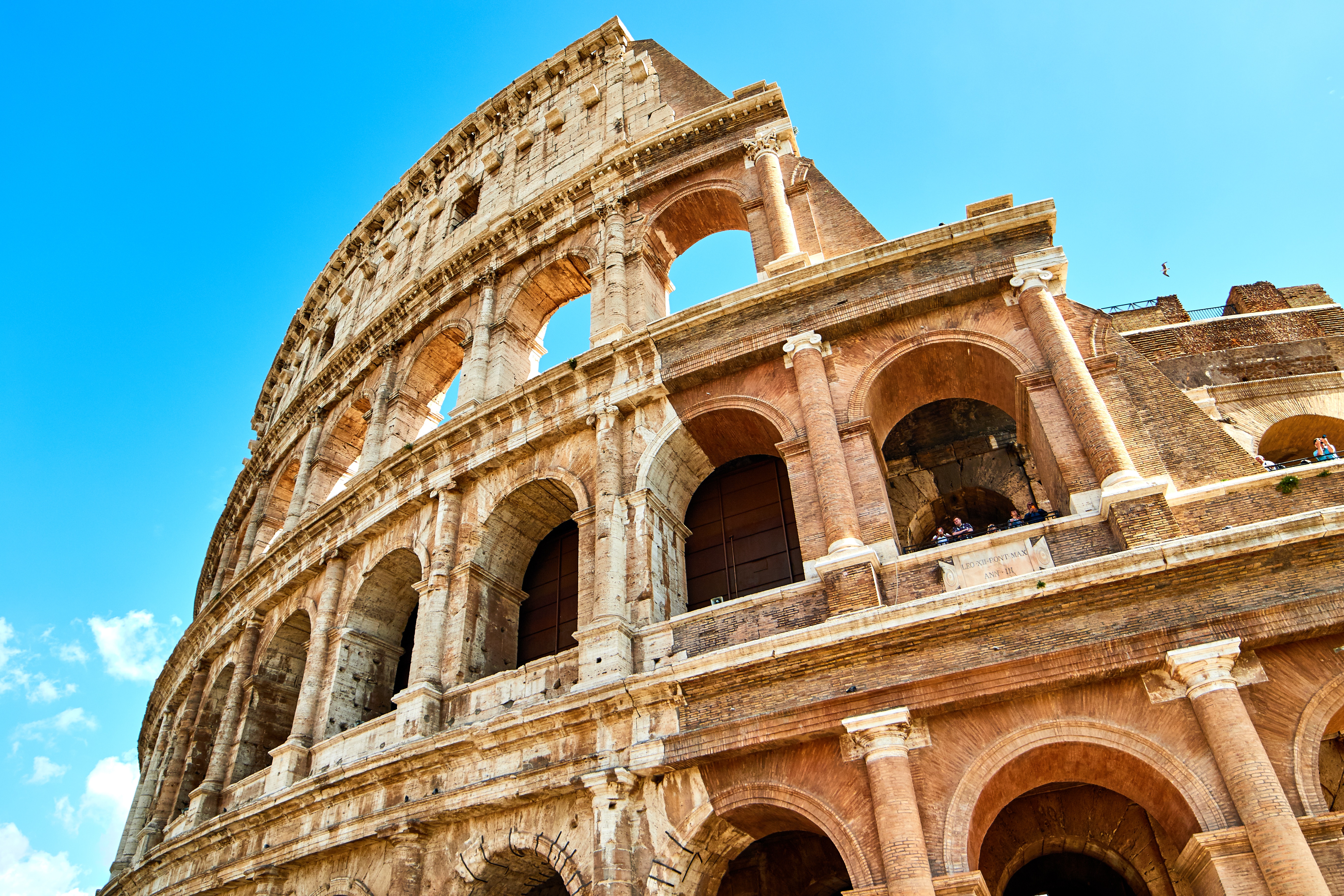

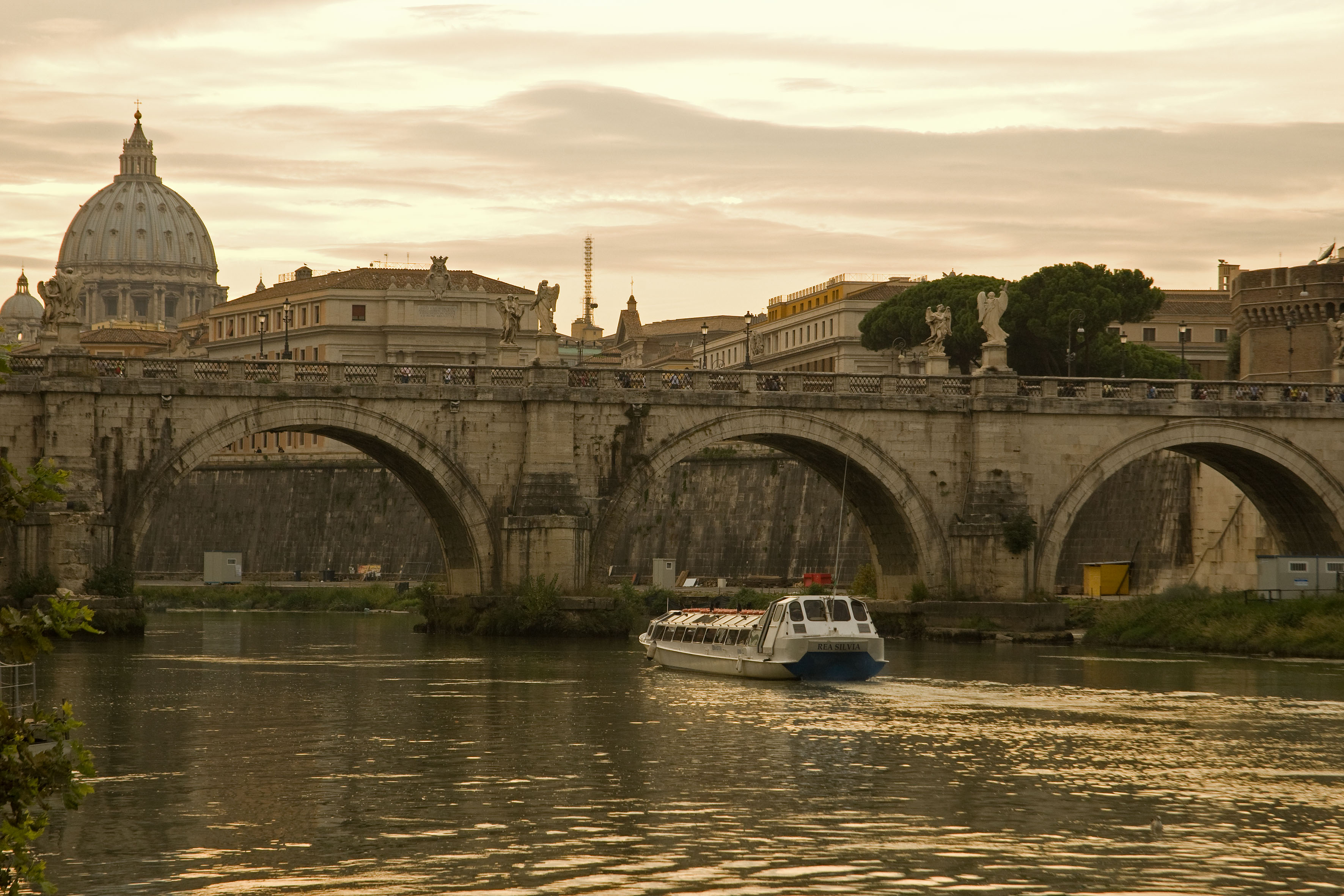


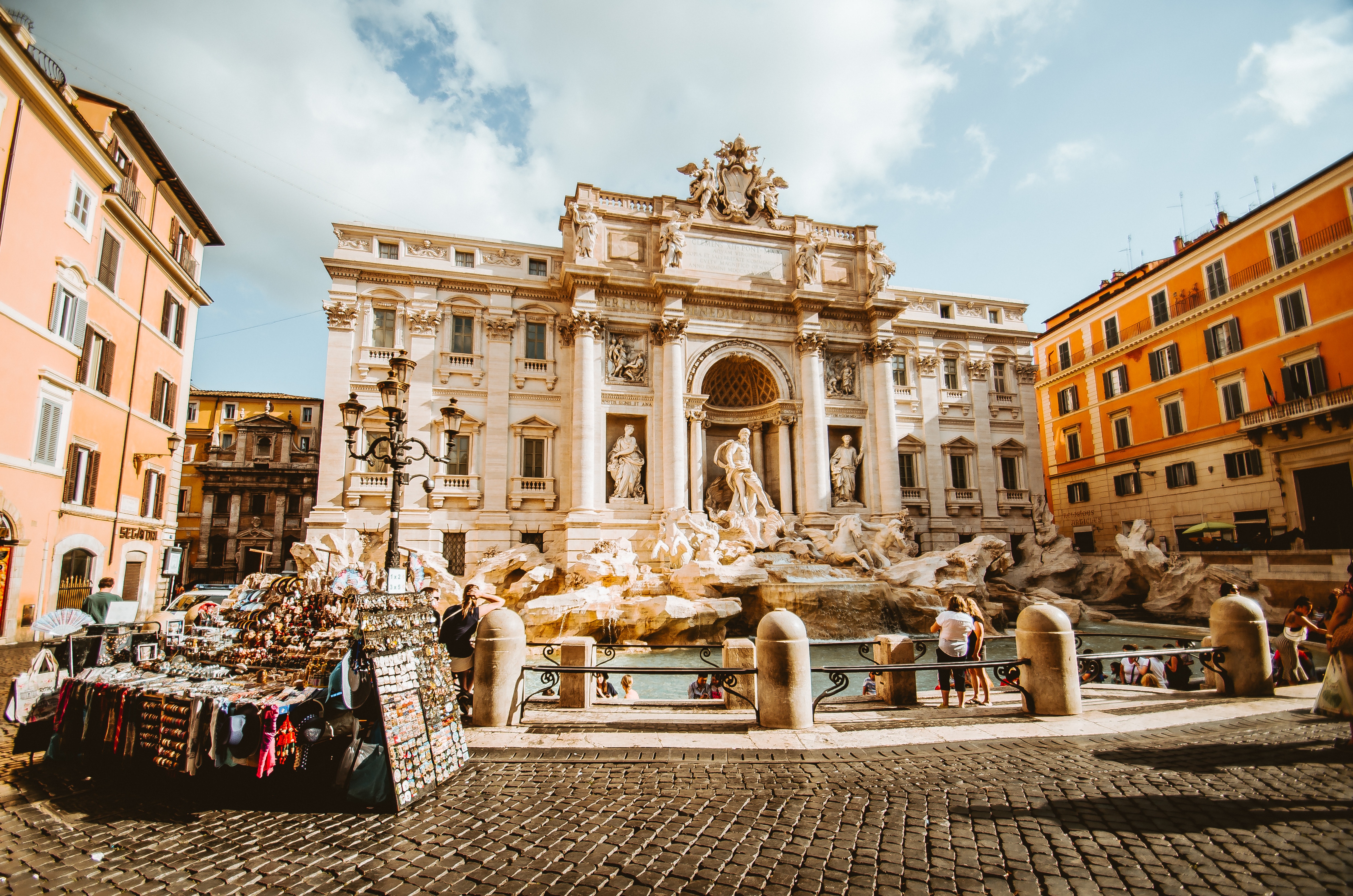
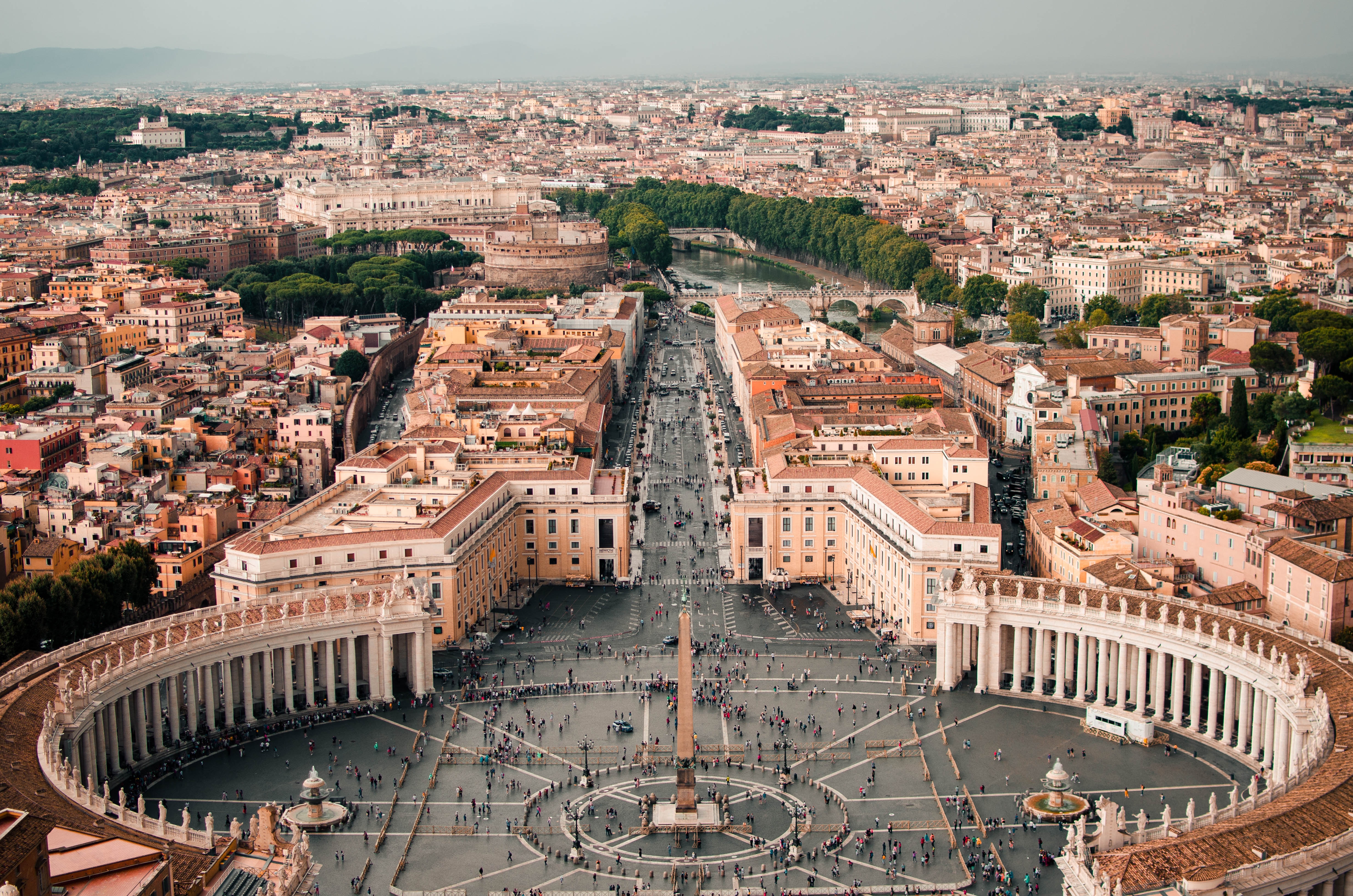
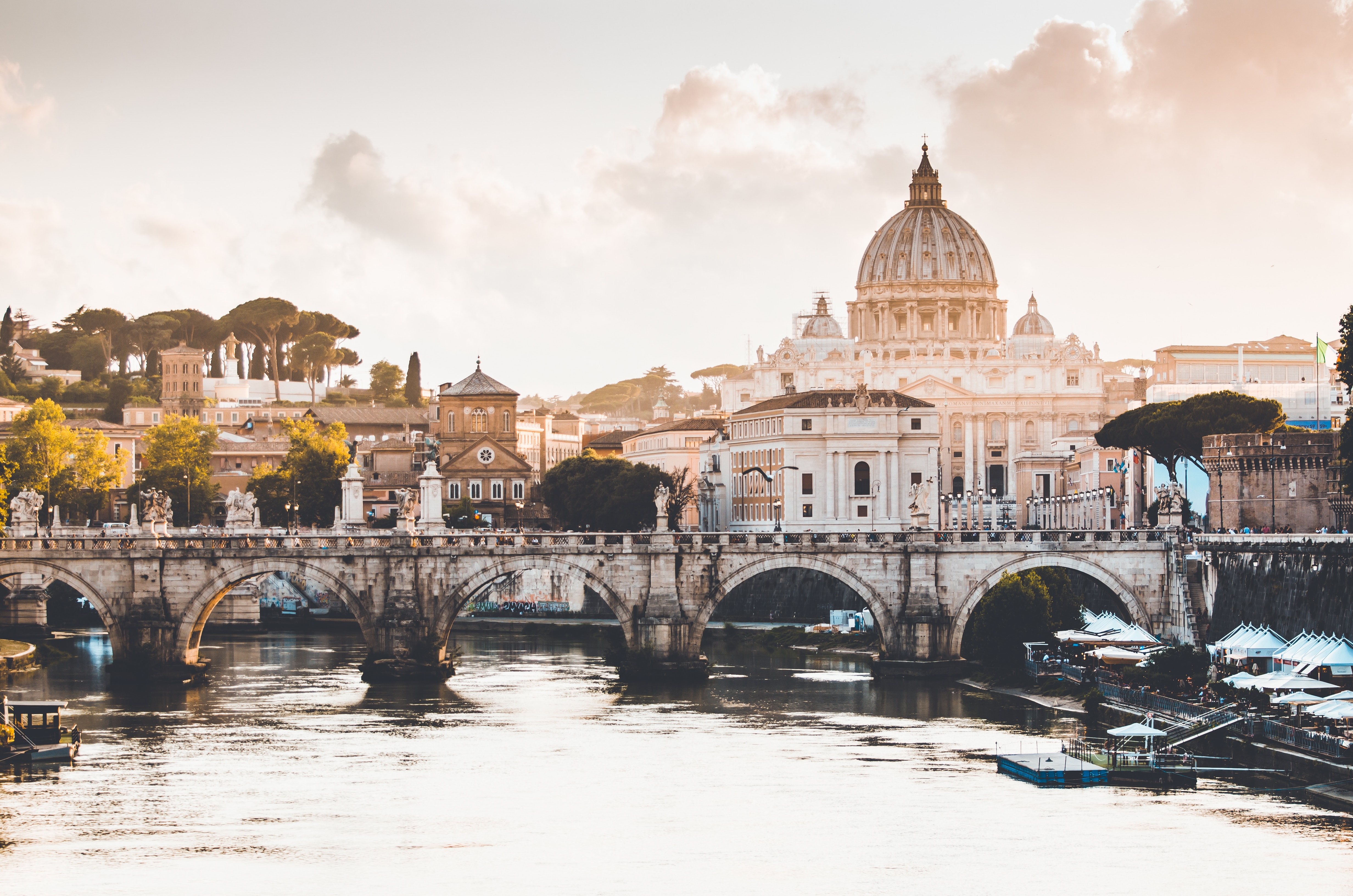
About Livorno
Livorno is a gritty city with a long and interesting history. In the early Middle Ages it alternately belonged to Pisa and Genoa. In 1421 Florence, seeking access to the sea, bought it. Cosimo I (1519–74) started construction of the harbor in 1571, putting Livorno on the map. After Ferdinando I de' Medici (1549–1609) proclaimed Livorno a free city, it became a haven for people suffering from religious persecution; Roman Catholics from England and Jews and Moors from Spain and Portugal, among others, settled here. The Quattro Mori (Four Moors), also known as the Monument to Ferdinando I, commemorates this. (The statue of Ferdinando I dates from 1595, the bronze Moors by Pietro Tacca from the 1620s.)In the following centuries, and particularly in the 18th, Livorno boomed as a port. In the 19th century the town drew a host of famous Britons passing through on their grand tours. Its prominence continued up to World War II, when it was heavily bombed. Much of the town's architecture, therefore, postdates the war, and it's somewhat difficult to imagine what it might have looked like before. Livorno has recovered from the war, however, as it's become a huge point of departure for container ships, as well as the only spot in Tuscany for cruise ships to dock for the day.Most of Livorno's artistic treasures date from the 17th century and aren't all that interesting unless you dote on obscure baroque artists. Livorno's most famous native artist, Amedeo Modigliani (1884–1920), was of much more recent vintage. Sadly, there's no notable work by him in his hometown.There may not be much in the way of art, but it's still worth strolling around the city. The Mercato Nuovo, which has been around since 1894, sells all sorts of fruits, vegetables, grains, meat, and fish. Outdoor markets nearby are also chock-full of local color. The presence of Camp Darby, an American military base just outside town, accounts for the availability of many American products.If you have time, Livorno is worth a stop for lunch or dinner at the very least.
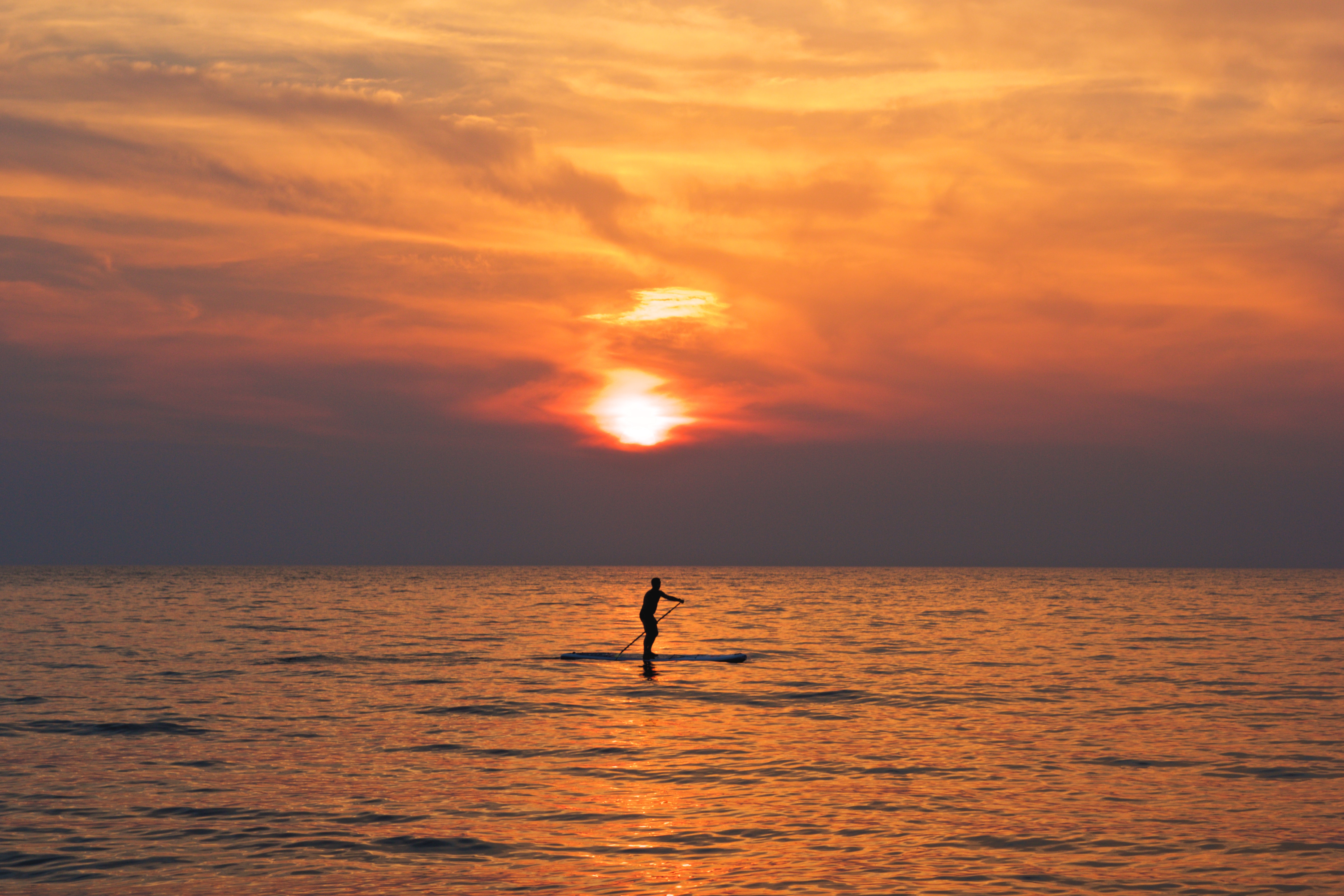
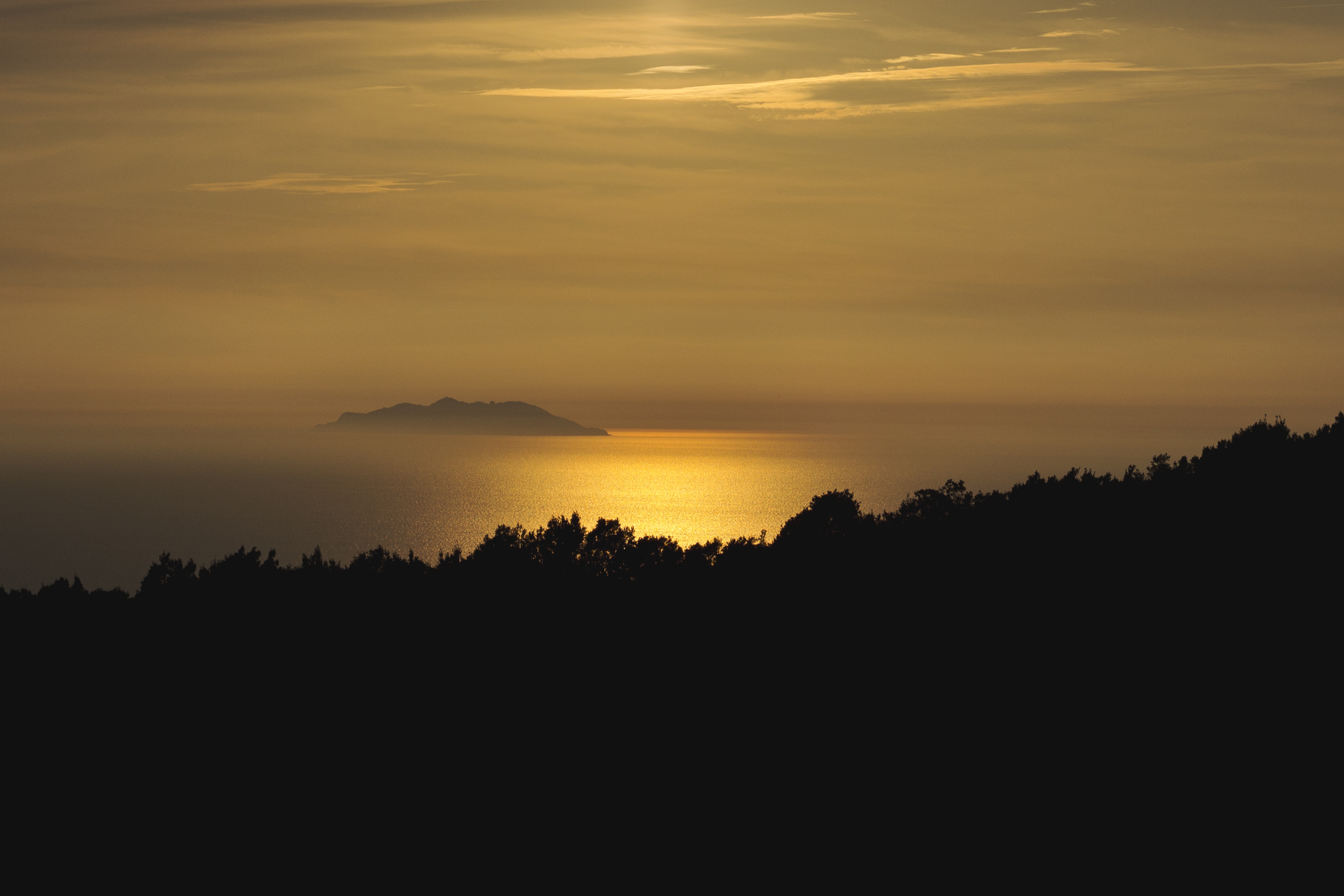
About Livorno
Livorno is a gritty city with a long and interesting history. In the early Middle Ages it alternately belonged to Pisa and Genoa. In 1421 Florence, seeking access to the sea, bought it. Cosimo I (1519–74) started construction of the harbor in 1571, putting Livorno on the map. After Ferdinando I de' Medici (1549–1609) proclaimed Livorno a free city, it became a haven for people suffering from religious persecution; Roman Catholics from England and Jews and Moors from Spain and Portugal, among others, settled here. The Quattro Mori (Four Moors), also known as the Monument to Ferdinando I, commemorates this. (The statue of Ferdinando I dates from 1595, the bronze Moors by Pietro Tacca from the 1620s.)In the following centuries, and particularly in the 18th, Livorno boomed as a port. In the 19th century the town drew a host of famous Britons passing through on their grand tours. Its prominence continued up to World War II, when it was heavily bombed. Much of the town's architecture, therefore, postdates the war, and it's somewhat difficult to imagine what it might have looked like before. Livorno has recovered from the war, however, as it's become a huge point of departure for container ships, as well as the only spot in Tuscany for cruise ships to dock for the day.Most of Livorno's artistic treasures date from the 17th century and aren't all that interesting unless you dote on obscure baroque artists. Livorno's most famous native artist, Amedeo Modigliani (1884–1920), was of much more recent vintage. Sadly, there's no notable work by him in his hometown.There may not be much in the way of art, but it's still worth strolling around the city. The Mercato Nuovo, which has been around since 1894, sells all sorts of fruits, vegetables, grains, meat, and fish. Outdoor markets nearby are also chock-full of local color. The presence of Camp Darby, an American military base just outside town, accounts for the availability of many American products.If you have time, Livorno is worth a stop for lunch or dinner at the very least.


About Monte-Carlo
On one of the best stretches of the Mediterranean, this classic luxury destination is one of the most sought-after addresses in the world. With all the high-rise towers you have to look hard to find the Belle Époque grace of yesteryear. But if you head to the town's great 1864 landmark Hôtel de Paris—still a veritable crossroads of the buffed and befurred Euro-gentry—or enjoy a grand bouffe at its famous Louis XV restaurant, or attend the opera, or visit the ballrooms of the casino, you may still be able to conjure up Monaco's elegant past. Prince Albert II, a political science graduate from Amherst College, traces his ancestry to Otto Canella, who was born in 1070. The Grimaldi dynasty began with Otto's great-great-great-grandson, Francesco Grimaldi, also known as Frank the Rogue. Expelled from Genoa, Frank and his cronies disguised themselves as monks and in 1297 seized the fortified medieval town known today as Le Rocher (the Rock). Except for a short break under Napoléon, the Grimaldis have been here ever since, which makes them the oldest reigning family in Europe. In the 1850s a Grimaldi named Charles III made a decision that turned the Rock into a giant blue chip. Needing revenue but not wanting to impose additional taxes on his subjects, he contracted with a company to open a gambling facility. The first spin of the roulette wheel was on December 14, 1856. There was no easy way to reach Monaco then—no carriage roads or railroads—so no one came. Between March 15 and March 20, 1857, one person entered the casino—and won two francs. In 1868, however, the railroad reached Monaco, and it was filled with Englishmen who came to escape the London fog. The effects were immediate. Profits were so great that Charles eventually abolished all direct taxes. Almost overnight, a threadbare principality became an elegant watering hole for European society. Dukes (and their mistresses) and duchesses (and their gigolos) danced and dined their way through a world of spinning roulette wheels and bubbling champagne—preening themselves for nights at the opera, where such artists as Vaslav Nijinsky, Sarah Bernhardt, and Enrico Caruso came to perform. Along with the tax system, its sensational position on a broad, steep peninsula that bulges into the Mediterranean—its harbor sparkling with luxury cruisers, its posh mansions angling awnings toward the nearly perpetual sun—continues to draw the rich and famous. One of the latest French celebrities to declare himself "Monégasque," thus giving up his French passport, is superchef Alain Ducasse, who said that he made the choice out of affection for Monaco rather than tax reasons. Pleasure boats vie with luxury cruisers in their brash beauty and Titanic scale, and teams of handsome young men—themselves dyed blond and tanned to match—scour and polish every gleaming surface. As you might expect, all this glitz doesn't come cheap. Eating is expensive, and even the most modest hotels cost more here than in nearby Nice or Menton. As for taxis, they don't even have meters so you are completely at the driver's mercy (with prices skyrocketing during events such as the Grand Prix). For the frugal, Monaco is the ultimate day-trip, although parking is as coveted as a room with a view. At the very least you can afford a coffee at Starbucks. The harbor district, known as La Condamine, connects the new quarter, officially known as Monte Carlo with Monaco-Ville (or Le Rocher), a medieval town on the Rock, topped by the palace, the cathedral, and the Oceanography Museum. Have no fear that you'll need to climb countless steps to get to Monaco-Ville, as there are plenty of elevators and escalators climbing the steep cliffs. But shuttling between the lovely casino grounds of Monte Carlo and Old Monaco, separated by a vast port, is a daunting proposition for ordinary mortals without wings, so hop on the No. 1 bus from Saint Roman, or No. 2 from the Jardin Exotique - Both stop at Place du Casino and come up to Monaco Ville.
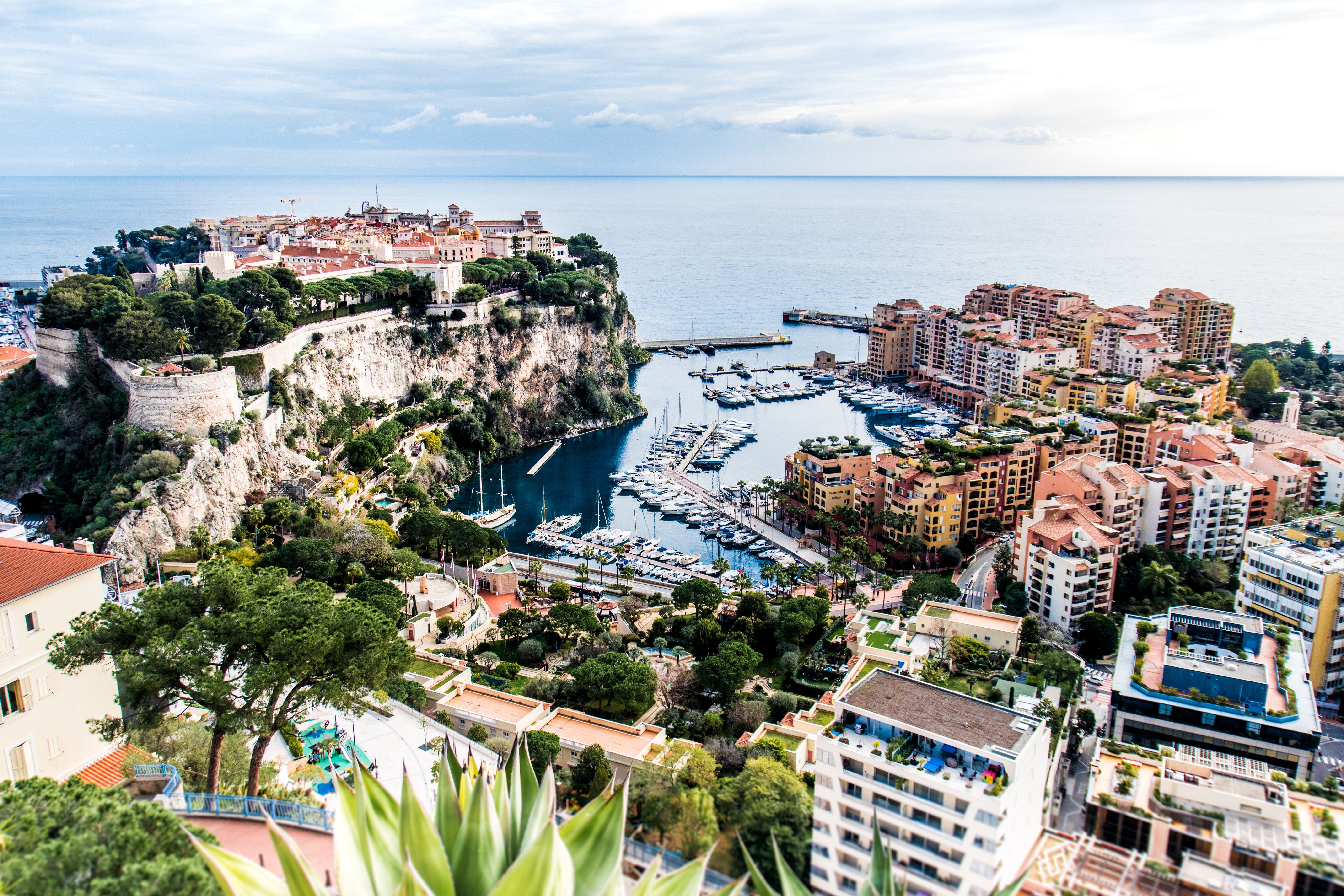
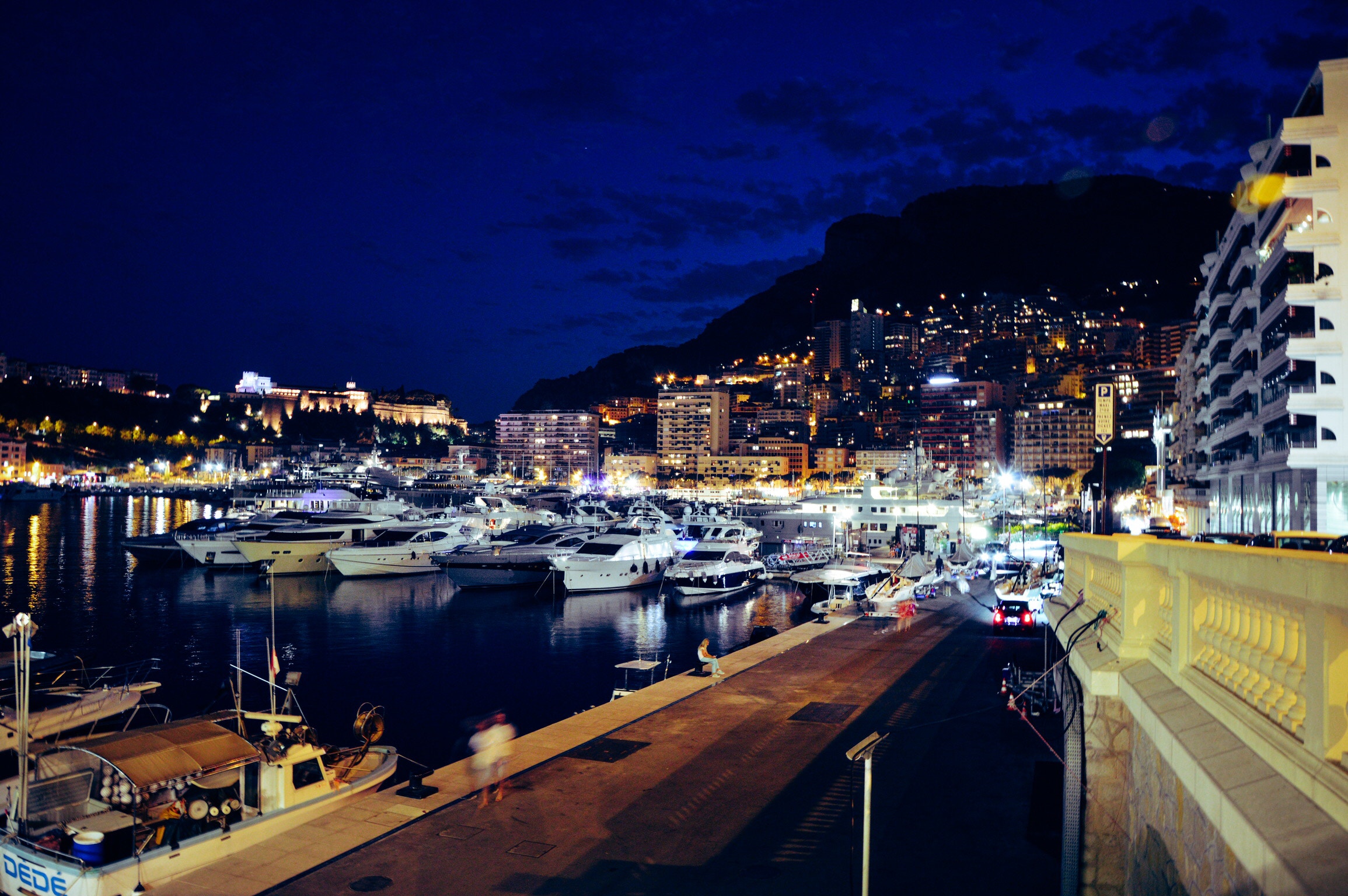
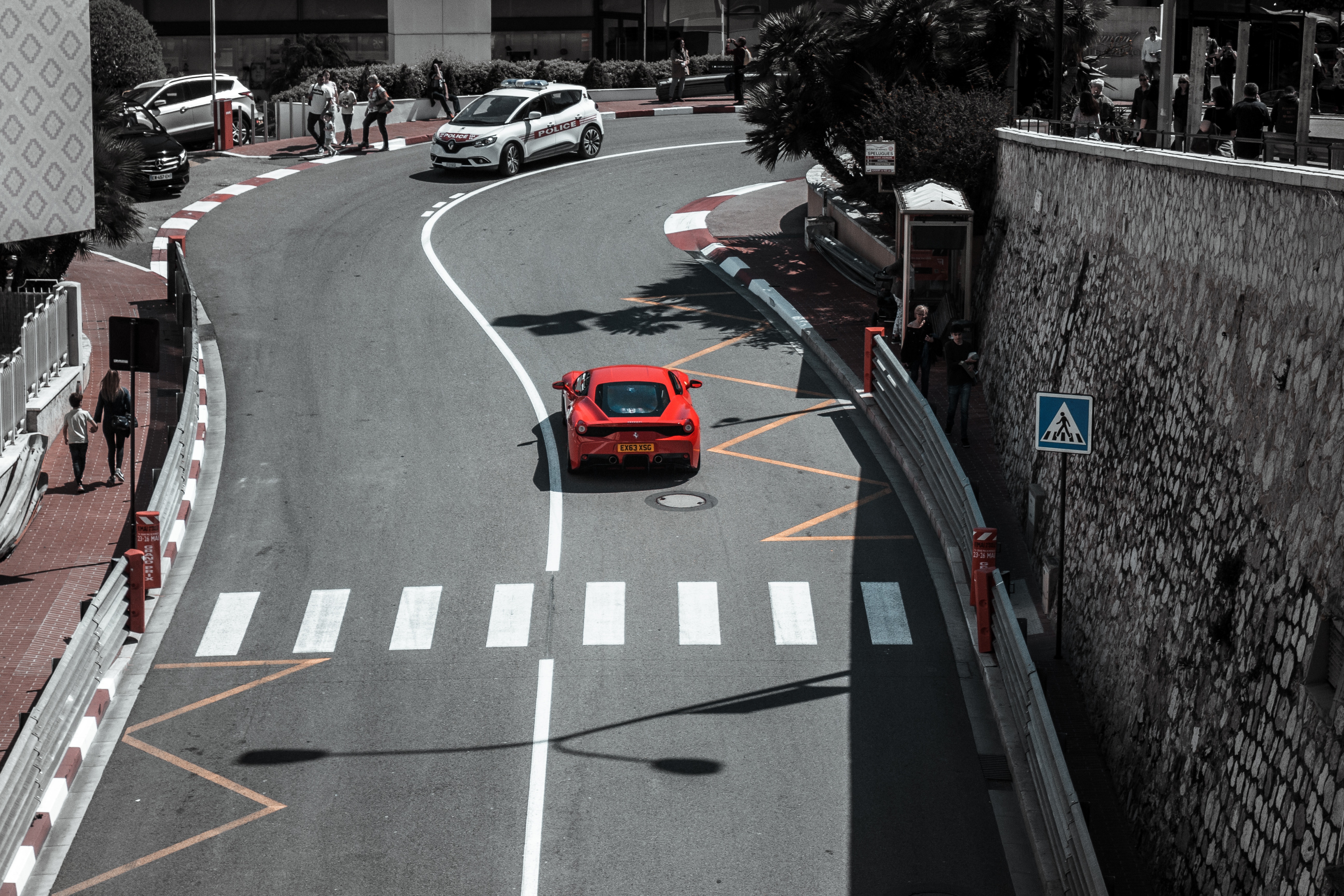
About Marseille
Since being designated a European Capital of Culture for 2013, with an estimated €660 million of funding in the bargain, Marseille has been in the throes of an extraordinary transformation, with no fewer than five major new arts centers, a beautifully refurbished port, revitalized neighborhoods, and a slew of new shops and restaurants. Once the underdog, this time-burnished city is now welcoming an influx of weekend tourists who have colonized entire neighborhoods and transformed them into elegant pieds-à-terre (or should we say, mer). The second-largest city in France, Marseille is one of Europe's most vibrant destinations. Feisty and fond of broad gestures, it is also as complicated and as cosmopolitan now as it was when a band of Phoenician Greeks first sailed into the harbor that is today's Vieux Port in 600 BC. Legend has it that on that same day a local chieftain's daughter, Gyptis, needed to choose a husband, and her wandering eyes settled on the Greeks' handsome commander Protis. Her dowry brought land near the mouth of the Rhône, where the Greeks founded Massalia, the most important Continental shipping port in antiquity. The port flourished for some 500 years as a typical Greek city, enjoying the full flush of classical culture, its gods, its democratic political system, its sports and theater, and its naval prowess. Caesar changed all that, besieging the city in 49 BC and seizing most of its colonies. In 1214 Marseille was seized again, this time by Charles d'Anjou, and was later annexed to France by Henri IV in 1481, but it was not until Louis XIV took the throne that the biggest transformations of the port began; he pulled down the city walls in 1666 and expanded the port to the Rive Neuve (New Riverbank). The city was devastated by plague in 1720, losing more than half its population. By the time of the Revolution, Marseille was on the rebound once again, with industries of soap manufacturing and oil processing flourishing, encouraging a wave of immigration from Provence and Italy. With the opening of the Suez Canal in 1869, Marseille became the greatest boomtown in 19th-century Europe. With a large influx of immigrants from areas as exotic as Tangiers, the city quickly acquired the multicultural population it maintains to this day.
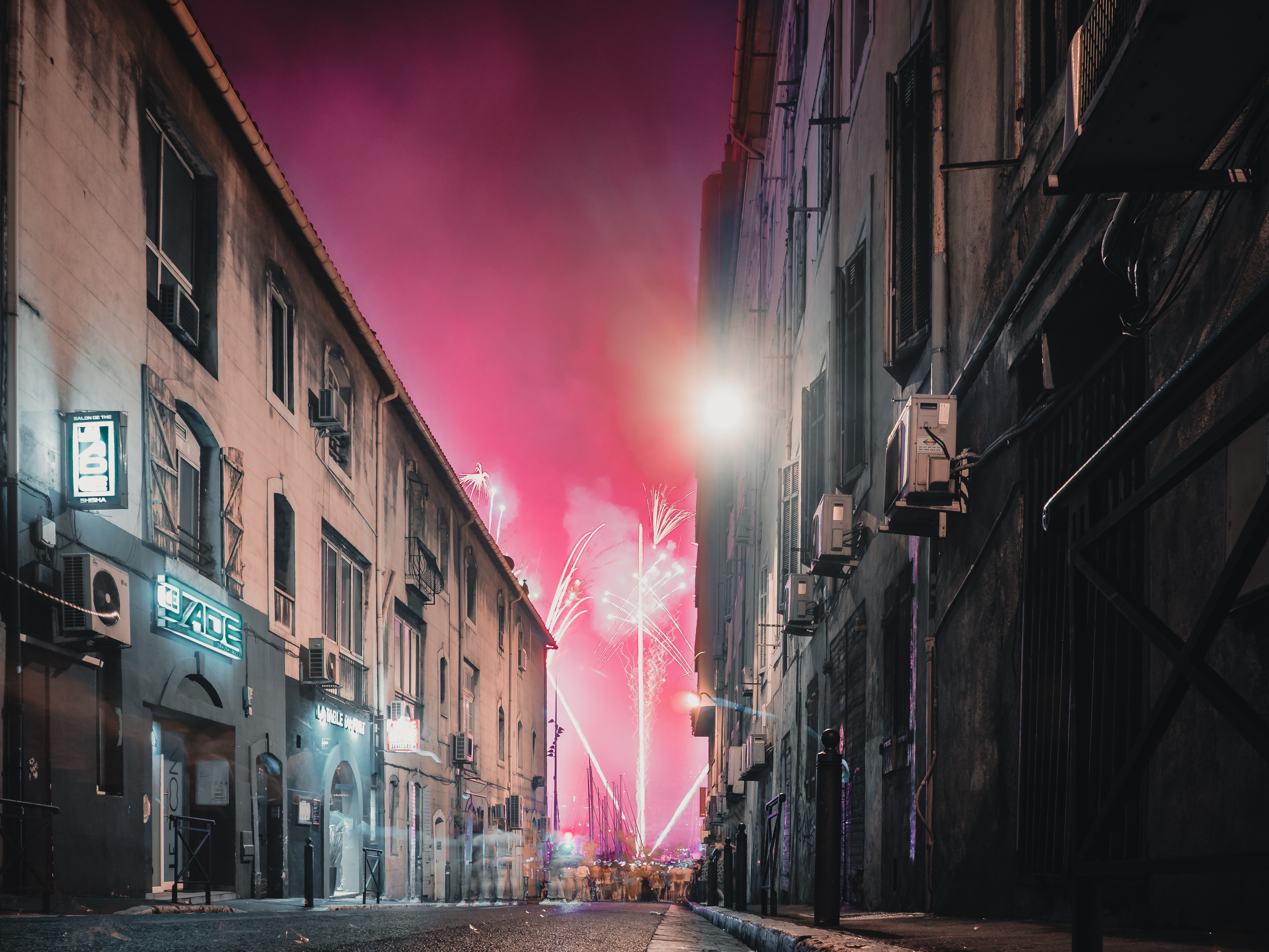




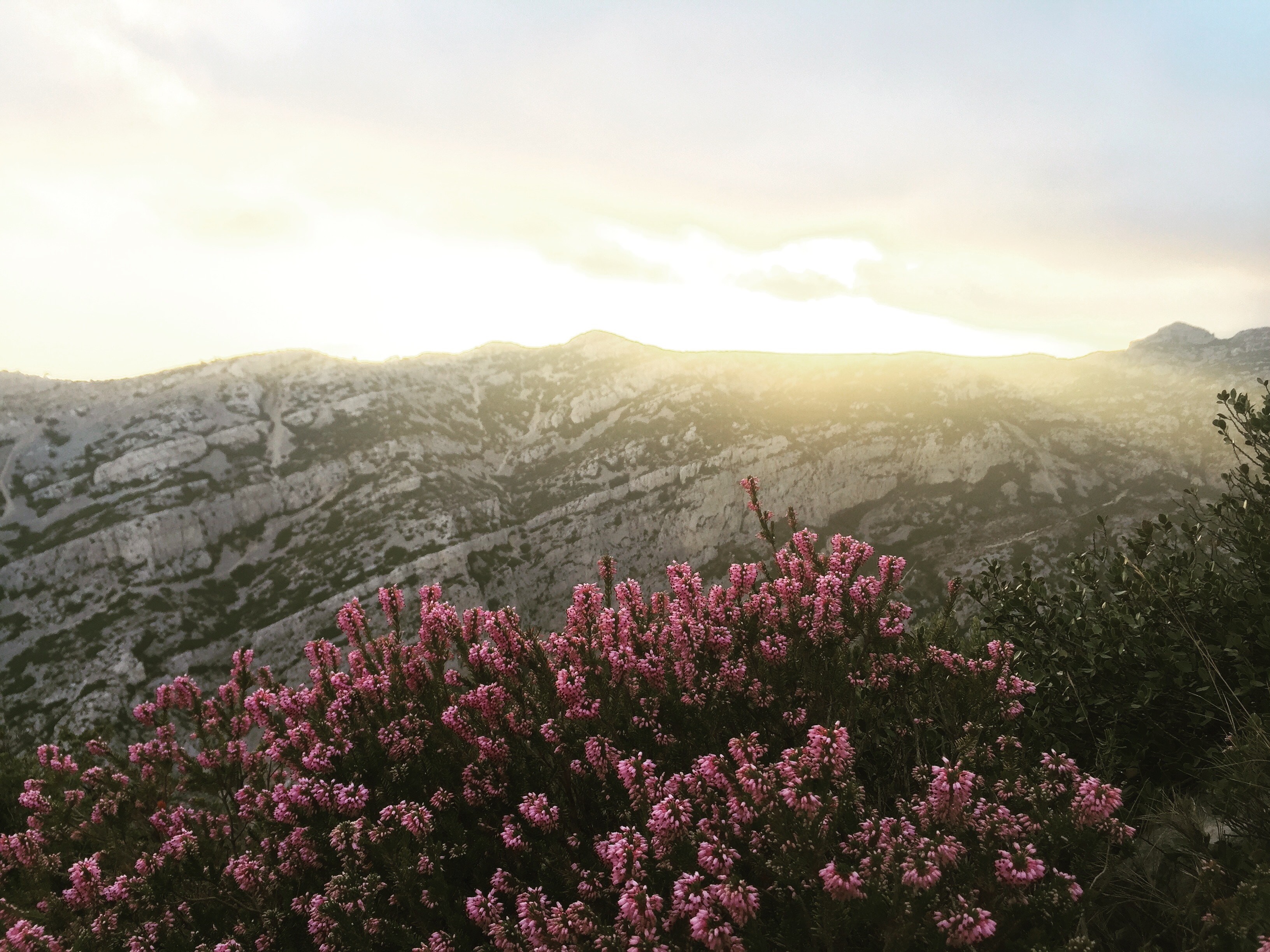
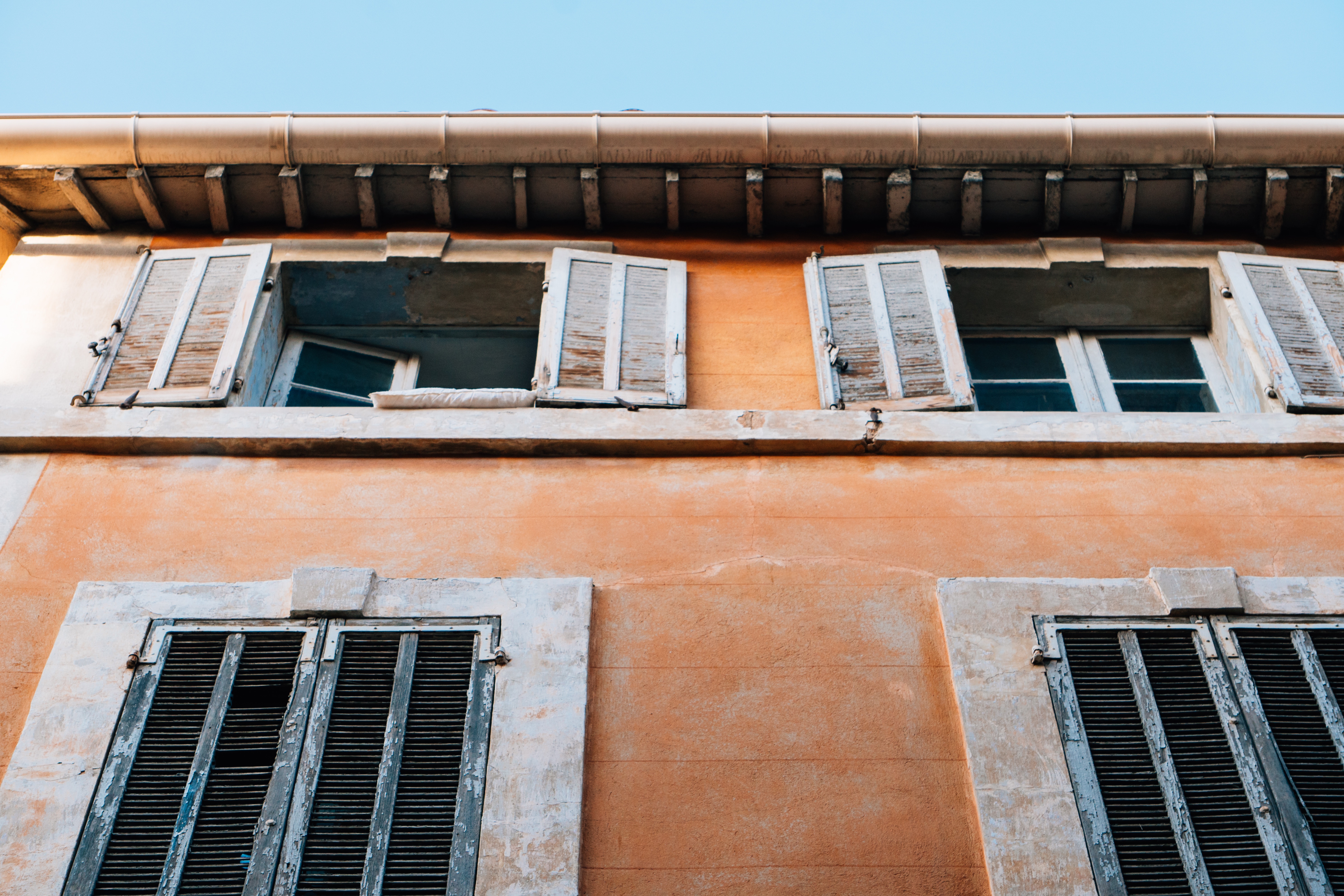


About Sète
The fishing village of Sète serves as gateway to Montpellier, in the North. Other noteworthy destinations in this area include Carcassone, Aigues Mortes, the Abbaye de Fontfroide, and Pezenas. For a look at the real fisherman's life, however, stay right where you are. Sète is the Mediterranean's biggest fishing port. Canals winding through town make it fun to stroll around, and there are a number of good walking paths leading to the beach (about 30 minutes to the west). Although it's small and unspectacular, Plage de la Corniche has calm, pristine waters that are perfect for swimming. For a panoramic view of the area, climb Mont St-Clair or Les Pierres Blanches and pick a beach to settle down on.




About Barcelona
The infinite variety of street life, the nooks and crannies of the medieval Barri Gòtic, the ceramic tile and stained glass of Art Nouveau facades, the art and music, the throb of street life, the food (ah, the food!)—one way or another, Barcelona will find a way to get your full attention. The capital of Catalonia is a banquet for the senses, with its beguiling mix of ancient and modern architecture, tempting cafés and markets, and sun-drenched Mediterranean beaches. A stroll along La Rambla and through waterfront Barceloneta, as well as a tour of Gaudí's majestic Sagrada Famíliaand his other unique creations, are part of a visit to Spain's second-largest city. Modern art museums and chic shops call for attention, too. Barcelona's vibe stays lively well into the night, when you can linger over regional wine and cuisine at buzzing tapas bars.
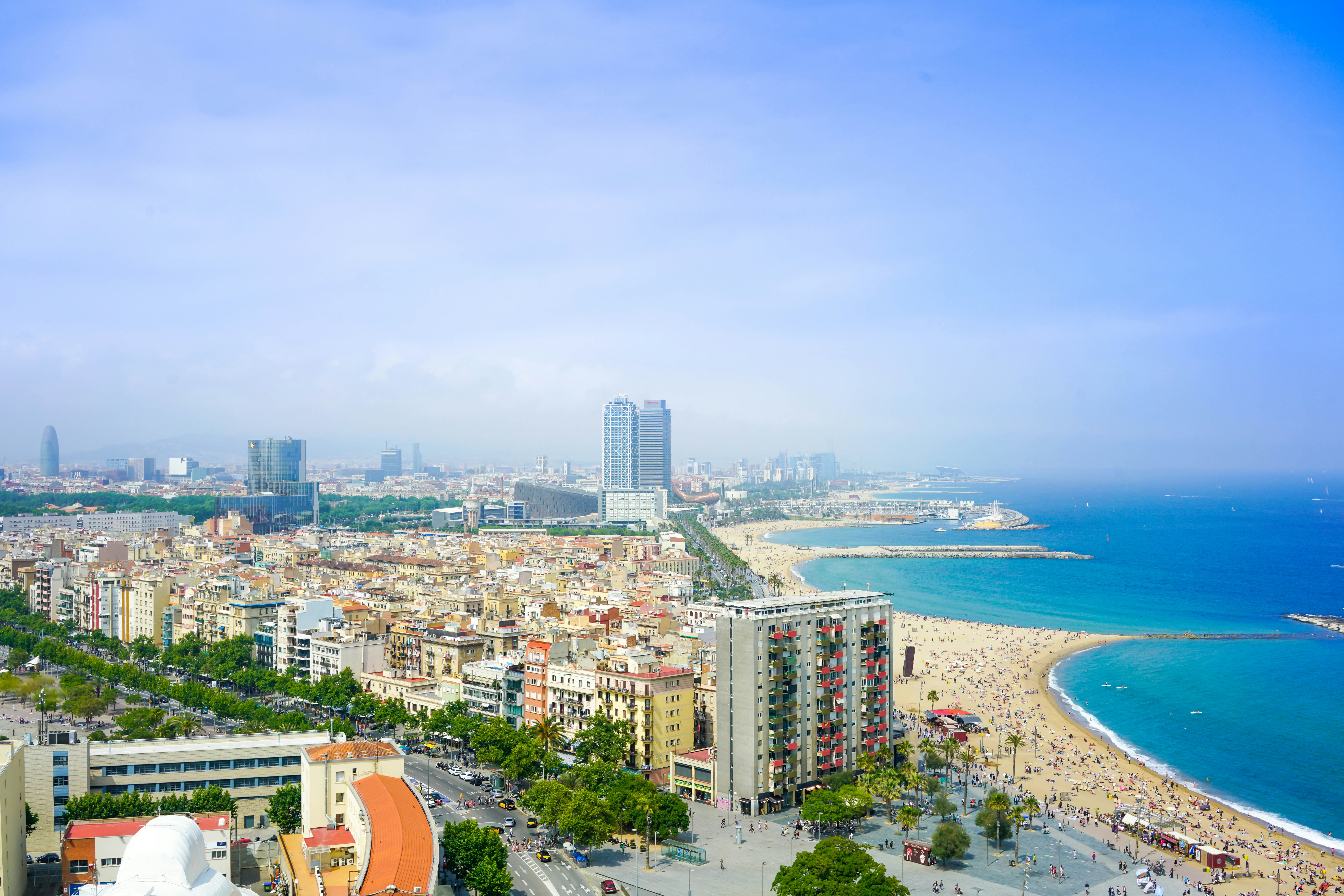
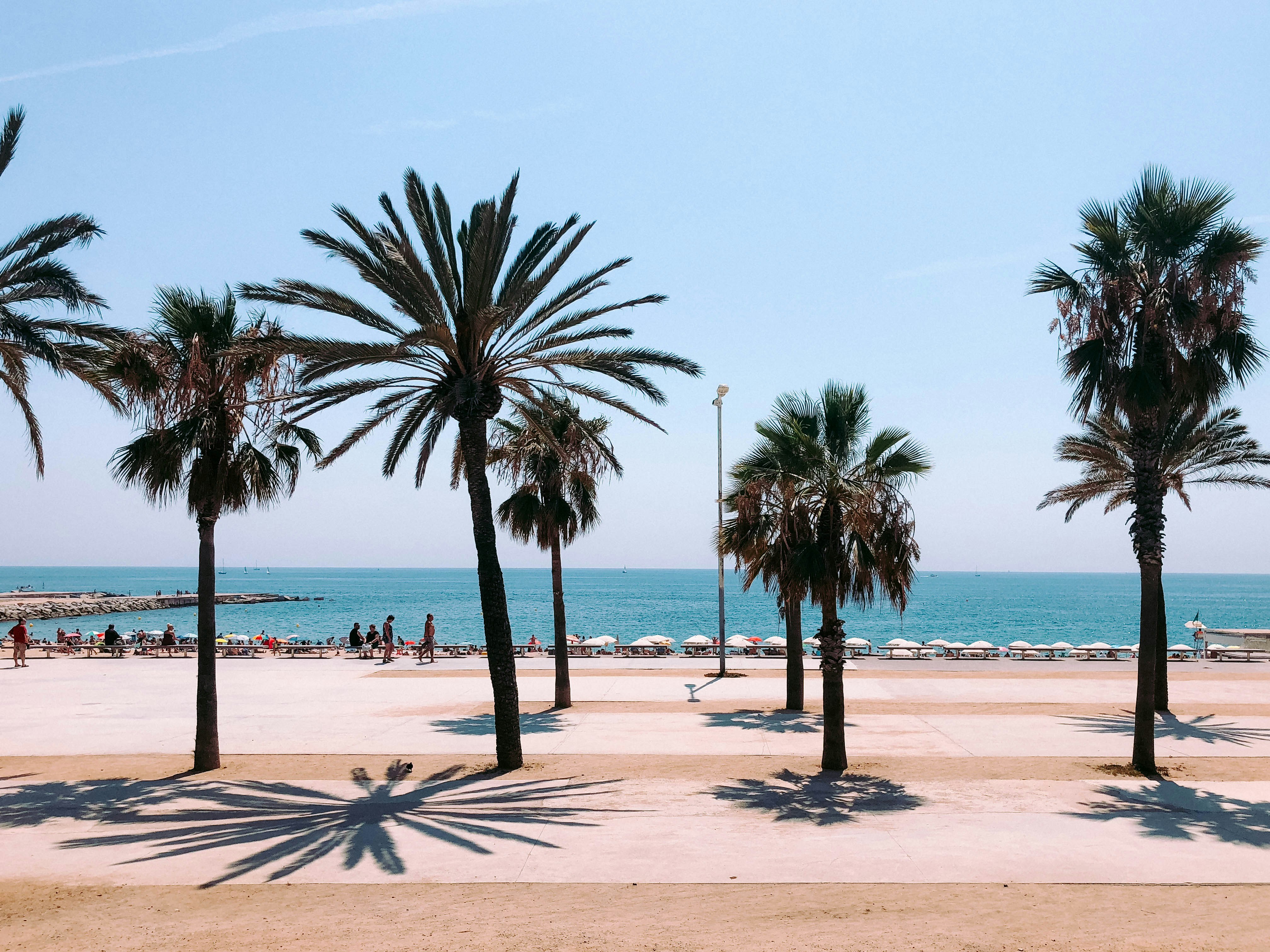
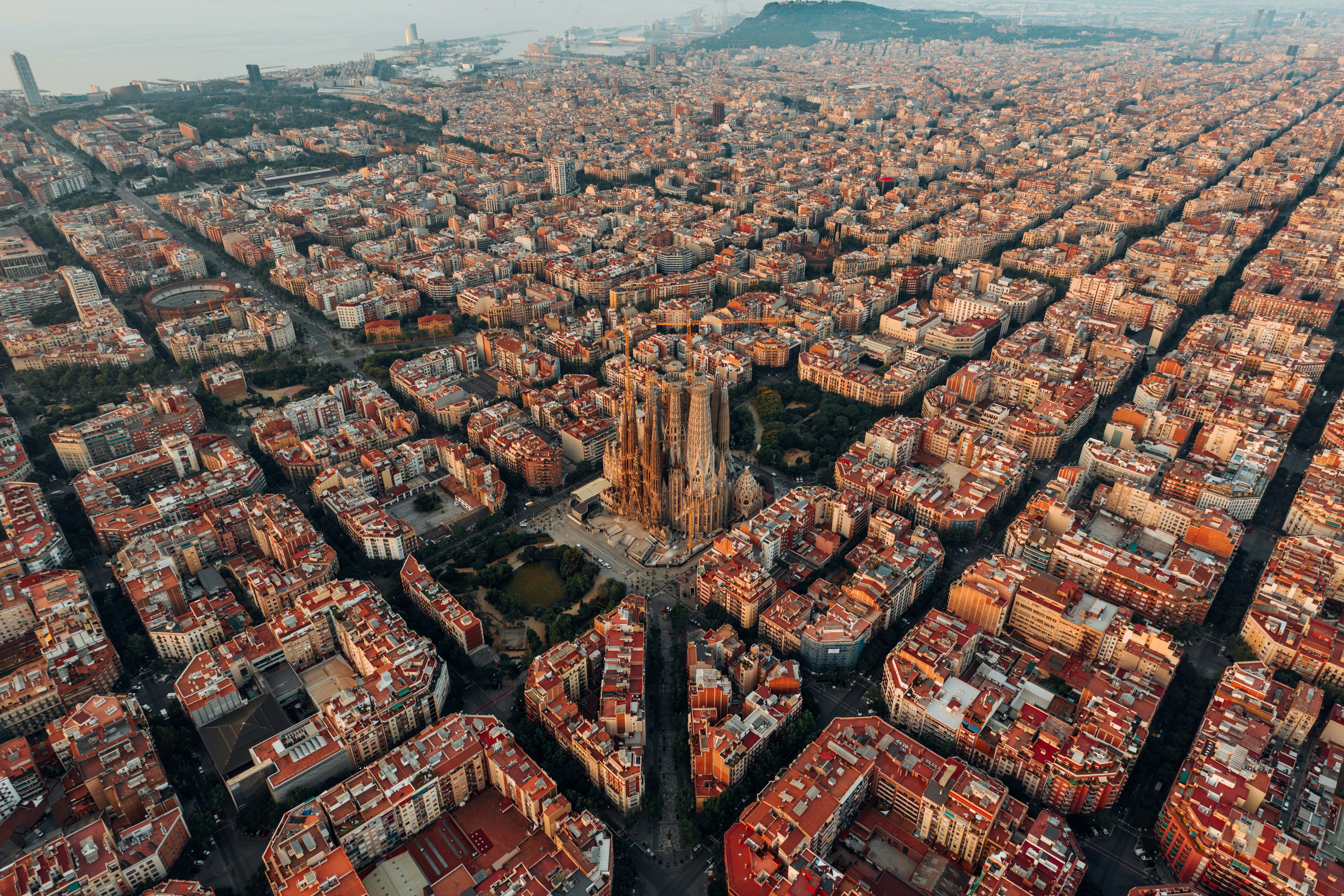

About Barcelona
The infinite variety of street life, the nooks and crannies of the medieval Barri Gòtic, the ceramic tile and stained glass of Art Nouveau facades, the art and music, the throb of street life, the food (ah, the food!)—one way or another, Barcelona will find a way to get your full attention. The capital of Catalonia is a banquet for the senses, with its beguiling mix of ancient and modern architecture, tempting cafés and markets, and sun-drenched Mediterranean beaches. A stroll along La Rambla and through waterfront Barceloneta, as well as a tour of Gaudí's majestic Sagrada Famíliaand his other unique creations, are part of a visit to Spain's second-largest city. Modern art museums and chic shops call for attention, too. Barcelona's vibe stays lively well into the night, when you can linger over regional wine and cuisine at buzzing tapas bars.




Features
- Stateroom size: 1,488 sq ft multi-room suite including expansive private veranda
- Ocean-view largest multi-room accommodations onboard
- Separate bedroom suite
- Spacious, well-appointed living room
- Separate dining area that seats 6
- Private library, wine & music collections curated by Chairman Torstein Hagen
- Ocean-view dry sauna
- Boardroom that seats 12 for meetings & catered dinner parties, with first oceangoing vapor-light fireplace
- Pantry for room service & hosted events
- 11 AM Embarkation
- 11 AM priority stateroom access
- First priority shore excursion booking 107 days prior to departure
- Complimentary shore excursion with private car & driver (up to 4 guests) in port city of your choice (valued at up to $800)
- 4 priority reservations at each alternative restaurant 100 days prior to departure
- First priority spa treatment bookings 100 days prior to departure
- King-size Viking Explorer Bed with luxury linens & pillows
- Free Wi-Fi (connection speed may vary)
- 42" flat-screen TV featuring MSNBC, FOX News, National Geographic and more
- Two additional 42" flat-screen interactive LCD TVs in living area and boardroom
- 110/220 volt outlets & USB ports
- Large master bathroom with spacious glass-enclosed shower, double-sink vanity, heated floor, anti-fog mirror & hair dryer, plus two guest bathrooms
- Premium Freyja® toiletries
- Plush robes & slippers
- Direct-dial satellite phone & cell service
- Security safe
- Individual climate control
- Purified water refilled daily
- Welcome bottle of Veuve Clicquot champagne
- Mini-bar with alcoholic beverages, soft drinks, water & premium snacks (replenished once daily)
- Binoculars
- Traditional Norwegian Marius-weave blanket
- Personal coffee machine with premium coffee & tea selections
- Stateroom steward & twice-daily housekeeping
- 24-hour room service, including service from any restaurant during open hours
- Daily personalized tea or pre-dinner cocktail & canapés on request
- Dinner & guided tour with ship officers (subject to availability)
- Complimentary laundry, dry cleaning, pressing & shoe shine services
- Under-bed suitcase storage space
- Spacious walk-in closet with wooden hangers & drawers
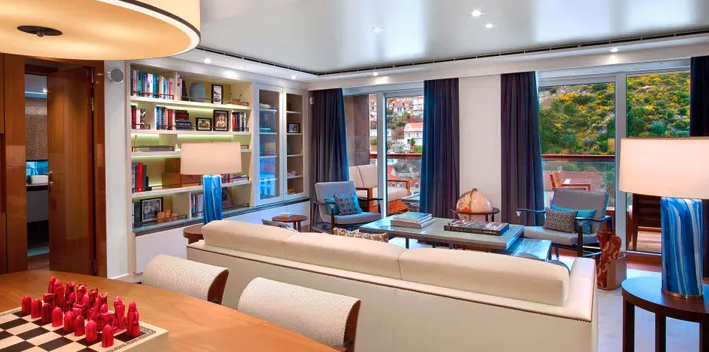
Features
- Stateroom size: 808–1,215 sq ft (includes private veranda)
- Ocean-view two-room suite with floor-to-ceiling sliding glass door opening to a generous veranda (layout varies)
- Well-appointed living area & dining area that seats 4
- 11 AM Embarkation
- 11 AM priority stateroom access
- Priority shore excursion reservations 97 days prior to departure
- 3 priority reservations at each alternative restaurant 90 days prior to departure
- Priority spa treatment bookings 90 days prior to departure
- King-size Viking Explorer Bed (optional twin-bed configuration) with luxury linens & pillows
- Free Wi-Fi (connection speed may vary)
- 42" flat-screen TV featuring MSNBC, FOX News, National Geographic and more
- Additional 42" flat-screen interactive LCD TVs in living area
- 110/220 volt outlets & USB ports
- Large private bathroom with spacious glass-enclosed shower, bathtub, double-sink vanity, heated floor, anti-fog mirror & hair dryer
- Premium Freyja® toiletries
- Plush robes & slippers
- Direct-dial satellite phone & cell service
- Security safe
- Individual climate control
- Purified water refilled daily
- Welcome bottle of champagne
- Mini-bar with alcoholic beverages, soft drinks, water & snacks (replenished once daily)
- Binoculars
- Traditional Norwegian Marius-weave blanket
- Personal coffee machine with premium coffee & tea selections
- Stateroom steward & twice-daily housekeeping
- 24-hour room service
- Complimentary laundry, dry cleaning, pressing & shoe shine services
- Under-bed suitcase storage space
- Spacious drawers & closet with wooden hangers

Features
- Stateroom size: 432 sq ft (includes private veranda)
- Ocean-view suite with floor-to-ceiling sliding glass door opening to a full-size veranda
- Wheelchair Accessible (#6020, #6021)
- 11 AM Embarkation
- 11 AM priority stateroom access
- Priority shore excursion reservations 87 days prior to departure
- 3 priority reservations at each alternative restaurant 80 days prior to departure
- Priority spa treatment bookings 80 days prior to departure
- King-size Viking Explorer Bed (optional twin-bed configuration) with luxury linens & pillows
- Free Wi-Fi (connection speed may vary)
- 42" flat-screen TV featuring MSNBC, FOX News, National Geographic and more
- Additional 42" flat-screen interactive LCD TVs in sitting area
- 110/220 volt outlets & USB ports
- Large private bathroom with spacious glass-enclosed shower, double-sink vanity, heated floor, anti-fog mirror & hair dryer
- Premium Freyja® toiletries
- Plush robes & slippers
- Direct-dial satellite phone & cell service
- Security safe
- Individual climate control
- Purified water refilled daily
- Welcome bottle of champagne
- Mini-bar with alcoholic beverages, soft drinks, water & snacks (replenished once daily)
- Binoculars
- Traditional Norwegian Marius-weave blanket
- Personal coffee machine with premium coffee & tea selections
- Stateroom steward & twice-daily housekeeping
- 24-hour room service
- Complimentary laundry, dry cleaning, pressing & shoe shine services
- Under-bed suitcase storage space
- Spacious drawers & closet with wooden hangers
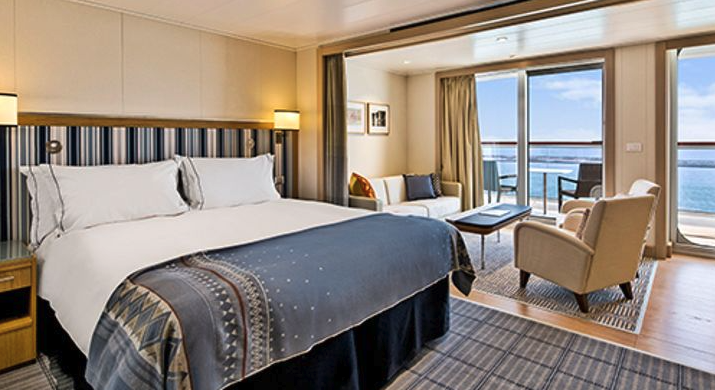
Features
- Stateroom size: 360 sq ft (includes private veranda)
- Ocean-view stateroom with floor-to-ceiling sliding glass door opening to full-size veranda
- 11 AM Embarkation
- 1 PM stateroom access
- Priority shore excursion reservations 77 days prior to departure
- 2 priority reservations at each alternative restaurant 70 days prior to departure
- Priority spa treatment bookings 70 days prior to departure
- King-size Viking Explorer Bed (optional twin-bed configuration) with luxury linens & pillows
- Free Wi-Fi (connection speed may vary)
- 42" flat-screen TV featuring MSNBC, FOX News, National Geographic and more
- 110/220 volt outlets & USB ports
- Large private bathroom with spacious glass-enclosed shower, heated floor, anti-fog mirror & hair dryer
- Premium Freyja® toiletries
- Plush robes & slippers
- Direct-dial satellite phone & cell service
- Security safe
- Individual climate control
- Purified water refilled daily
- Welcome bottle of champagne
- Mini-bar with alcoholic beverages, soft drinks, water & snacks (replenished once daily)
- Binoculars
- Traditional Norwegian Marius-weave blanket
- Personal coffee machine with premium coffee & tea selections
- Stateroom steward & twice-daily housekeeping
- 24-hour room service
- Complimentary pressing & shoe shine services
- Under-bed suitcase storage space
- Spacious drawers & closet with wooden hangers

Features
- Stateroom size: 288 sq ft (includes private veranda)
- Ocean-view stateroom with floor-to-ceiling sliding glass door opening to full-size veranda
- 11 AM Embarkation
- 2 PM stateroom access
- Priority shore excursion reservations 67 days prior to departure
- 1 priority reservation at each alternative restaurant 60 days prior to departure
- Priority spa treatment bookings 60 days prior to departure
- King-size Viking Explorer Bed (optional twin-bed configuration) with luxury linens & pillows
- Free Wi-Fi (connection speed may vary)
- 42" flat-screen TV featuring MSNBC, FOX News, National Geographic and more
- 110/220 volt outlets & USB ports
- Large private bathroom with spacious glass-enclosed shower, heated floor, anti-fog mirror & hair dryer
- Premium Freyja® toiletries
- Plush robes & slippers
- Direct-dial satellite phone & cell service
- Security safe
- Individual climate control
- Purified water refilled daily
- Mini-bar with soft drinks, water & snacks (replenished once daily)
- Binoculars
- Traditional Norwegian Marius-weave blanket
- Personal coffee machine with premium coffee & tea selections
- Stateroom steward & twice-daily housekeeping
- 24-hour room service
- Under-bed suitcase storage space
- Spacious drawers & closet with wooden hangers

Features
- Stateroom size: 288 sq ft (includes private veranda)
- Ocean-view stateroom with floor-to-ceiling sliding glass door opening to full-size veranda
- 11 AM Embarkation
- 3 PM stateroom access
- Shore excursion reservations 60 days prior to departure
- King-size Viking Explorer Bed (optional twin-bed configuration) with luxury linens & pillows
- Free Wi-Fi (connection speed may vary)
- 42" flat-screen TV featuring MSNBC, FOX News, National Geographic and more
- 110/220 volt outlets & USB ports
- Large private bathroom with spacious glass-enclosed shower, heated floor, anti-fog mirror & hair dryer
- Premium Freyja® toiletries
- Plush robes & slippers
- Direct-dial satellite phone & cell service
- Security safe
- Individual climate control
- Purified water refilled daily
- Mini-bar with soft drinks, water & snacks
- Stateroom steward & twice-daily housekeeping
- 24-hour room service
- Under-bed suitcase storage space
- Spacious drawers & closet with wooden hangers

Viking Vesta
Expand your horizons on our award-winning, all-veranda small ship, with just 998 guests, allowing us to dock where larger ships cannot.
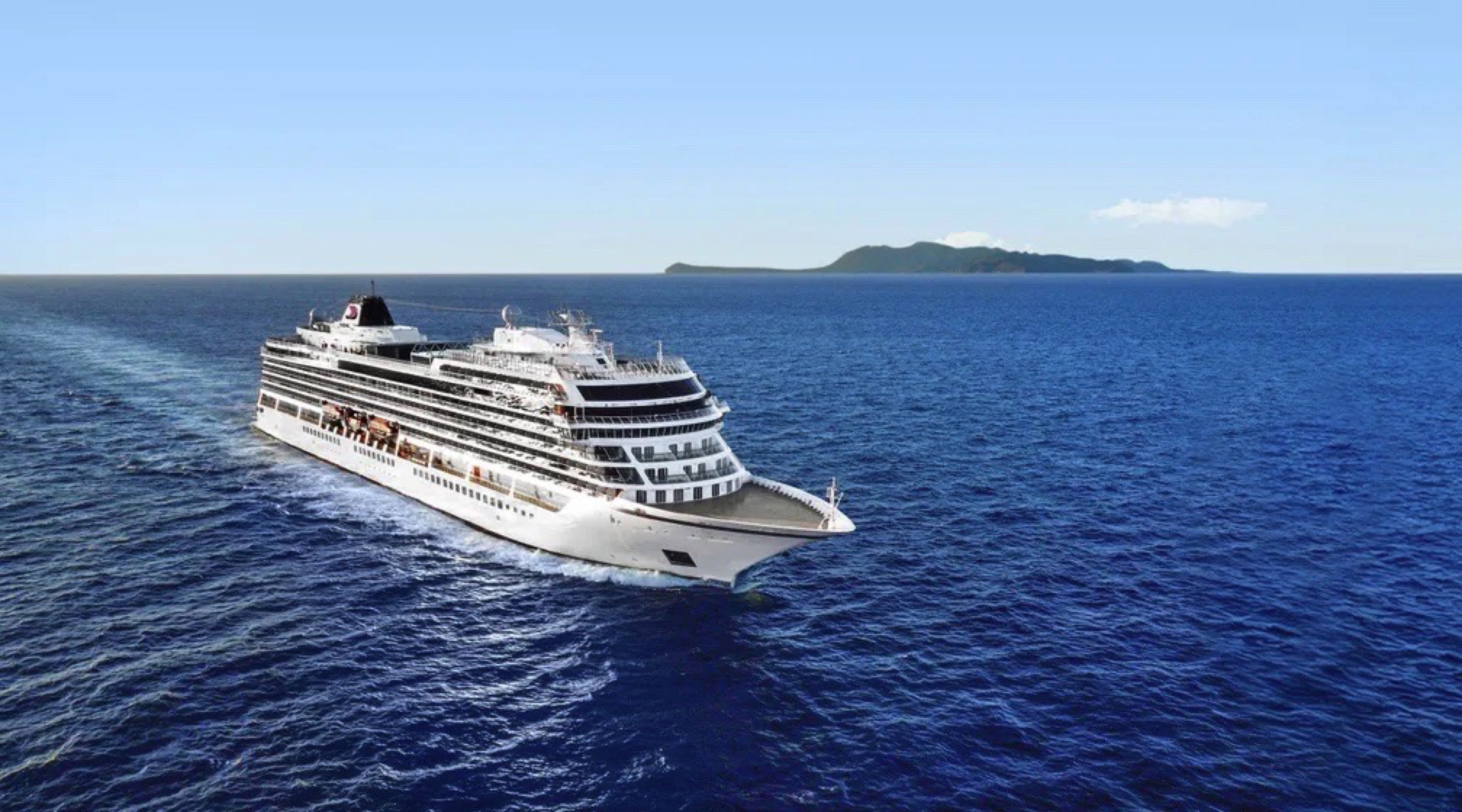
Ship Facts
| Launch Year | 2025 | ||||||||
| Refit Year | |||||||||
| Language | en | ||||||||
| Gross Tonnage | N/A | ||||||||
| Length | 238 | ||||||||
| Width | 30 | ||||||||
| Currency | EUR | ||||||||
| Speed | N/A | ||||||||
| Capacity | 998 | ||||||||
| Crew Count | N/A | ||||||||
| Deck Count | N/A | ||||||||
| Cabin Count | N/A | ||||||||
| Large Cabin Count | N/A | ||||||||
| Wheelchair Cabin Count | N/A | ||||||||
| Electrical Plugs |
|
Deck 9
- Lifts
- Sports Deck

Deck 8
- Lifts
- Retractable Roof
- Explorers' Lounge
- Deluxe Veranda Staterooms
- Penthouse Junior Suites

Deck 7
- Infinity Pool
- Hot Tub
- Aquavit Terrace
- World Cafe
- Pool Grill
- Lifts
- Pool Bar
- Lanai
- Wintergarden
- Main Pool
- Mamsen's
- Explorers' Lounge
- Deluxe Veranda Staterooms
- Penthouse Junior Suites
- Owner's Suite

Deck 6
- Lifts
- Deluxe Veranda Staterooms
- Penthouse Veranda Staterooms
- Explorer Suites
- Penthouse Junior Suites

Deck 5
- Lifts
- Launderette
- Deluxe Veranda Staterooms
- Penthouse Veranda Staterooms
- Explorer Suites

Deck 4
- Launderette
- Lifts
- Deluxe Veranda Staterooms
- Penthouse Veranda Staterooms
- Explorer Suites

Deck 3
- Atrium
- Lifts
- Veranda Staterooms
- Deluxe Veranda Staterooms
- Explorer Suites

Deck 2
- The Restaurant
- Atrium
- Lifts
- Torshavn
- The Nordic Shop
- Shop
- Atrium
- Promenade Deck
- Cinema 1
- Cinema 2
- Bar
- The Theater

Deck 1
- The Kitchen Table
- The Chef's Table
- Manfredi's Italian Restaurant
- Private Dining Room 1
- Private Dining Room 2
- The Living Room
- Guest Services
- Bar
- Lifts
- Shop
- Hair Salon
- Fitness Center
- The Nordic Spa

Deck A
- Lifts
- Medical Center

The Chef's Table
Manfredi's Italian Restaurant
The Restaurant
Our main dining venue, The Restaurant offers the highest onboard dining experience amid a streamlined Scandinavian design. The menu includes regional cuisine and always available classics enhanced with locally sourced ingredients, so you can explore new cultures through food.
Aquavit Terrace
World Café
Mamsen's
The Living Room
The ideal setting for relaxation and conversation, The Living Room draws guests together. Spacious seating, melodic piano tunes, live entertainment and planned activities foster rich camaraderie. And its well-curated Library informs even the best-read traveler. Adorned with nautical touches from Viking days, including the clinker-built bar inspired by ancient longships, it is the most inspired living room at sea.
Bar
Guest Services
Shop
The Atrium
Torshavn®
A lively music venue reminiscent of romantic jazz lounges of 1940s Hollywood, Torshaven is ideal for pre-dinner drinks and after-dinner entertainment.
Enjoy a classic martini, stirred to perfection; savor the finest quality Armagnac; take in the melodic tunes of jazz singers or piano players. All in an intimate setting that invites music lovers to linger. This hidden gem is designed to deliver delightful surprises, great conversation and impromptu crooning.
The Theater
Our main venue, The Theater, features live performances that bring you closer to the culture of our destinations. Sometimes, the destination we connect you to exists solely in the realm of an otherworldly theatrical journey, as is the case with beautifully themed shows.
We will also pull back the curtains of our destinations with cinema in our two movie theaters, which show first-run films you have not yet seen as well as destination-driven cinema such as Room with A View, Roman Holiday, or Skyfall. And because the intellect also needs to be stimulated, our theaters will always be buzzing with fresh, new insights from our port talks and onboard lectures that feature the history, art, and culture of our destinations. And since we have always promised you will explore the world in comfort, we have banished uncomfortable theater seating in favor of soft and spacious sofa seating.
Wintergarden
Explorers Lounge